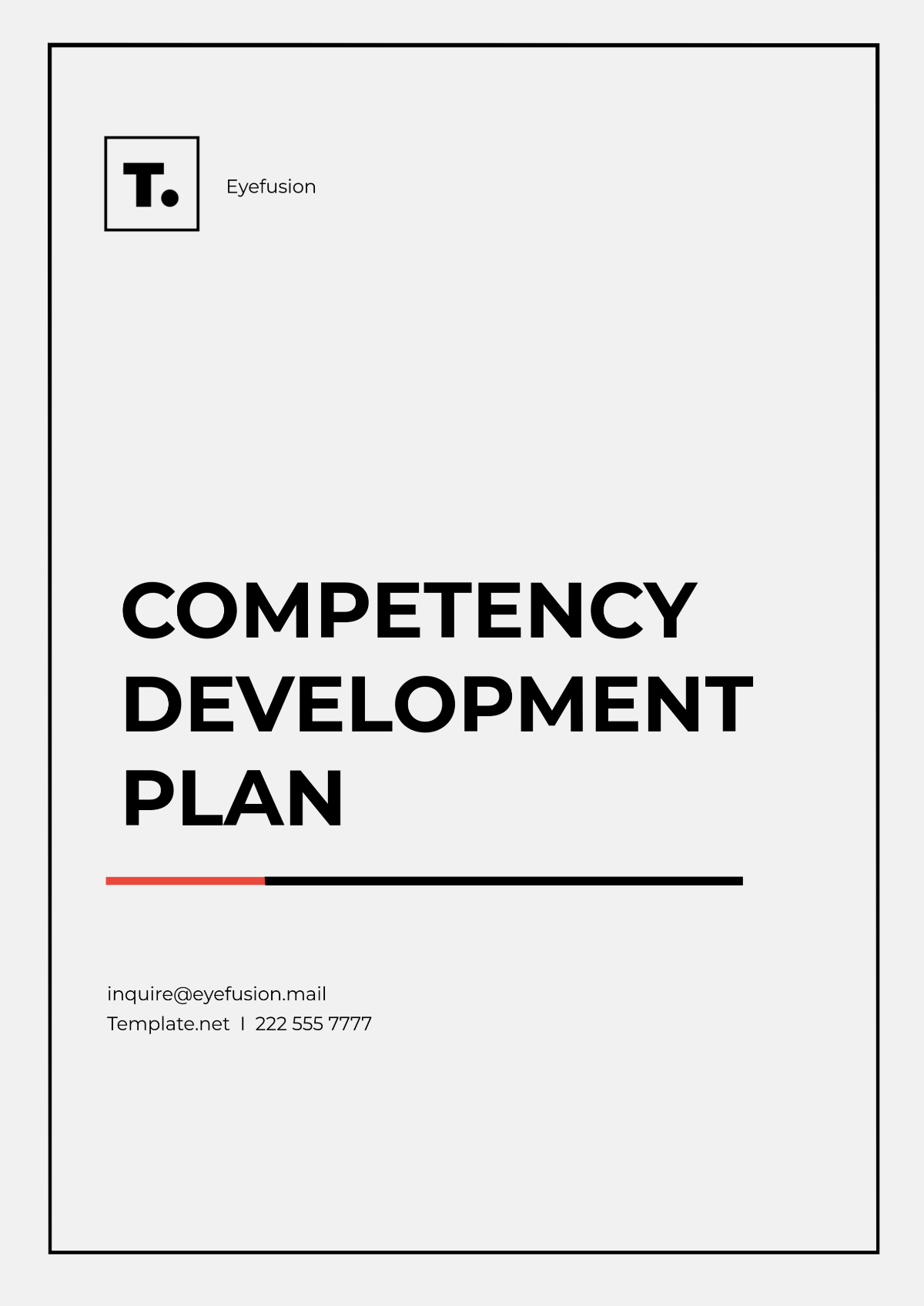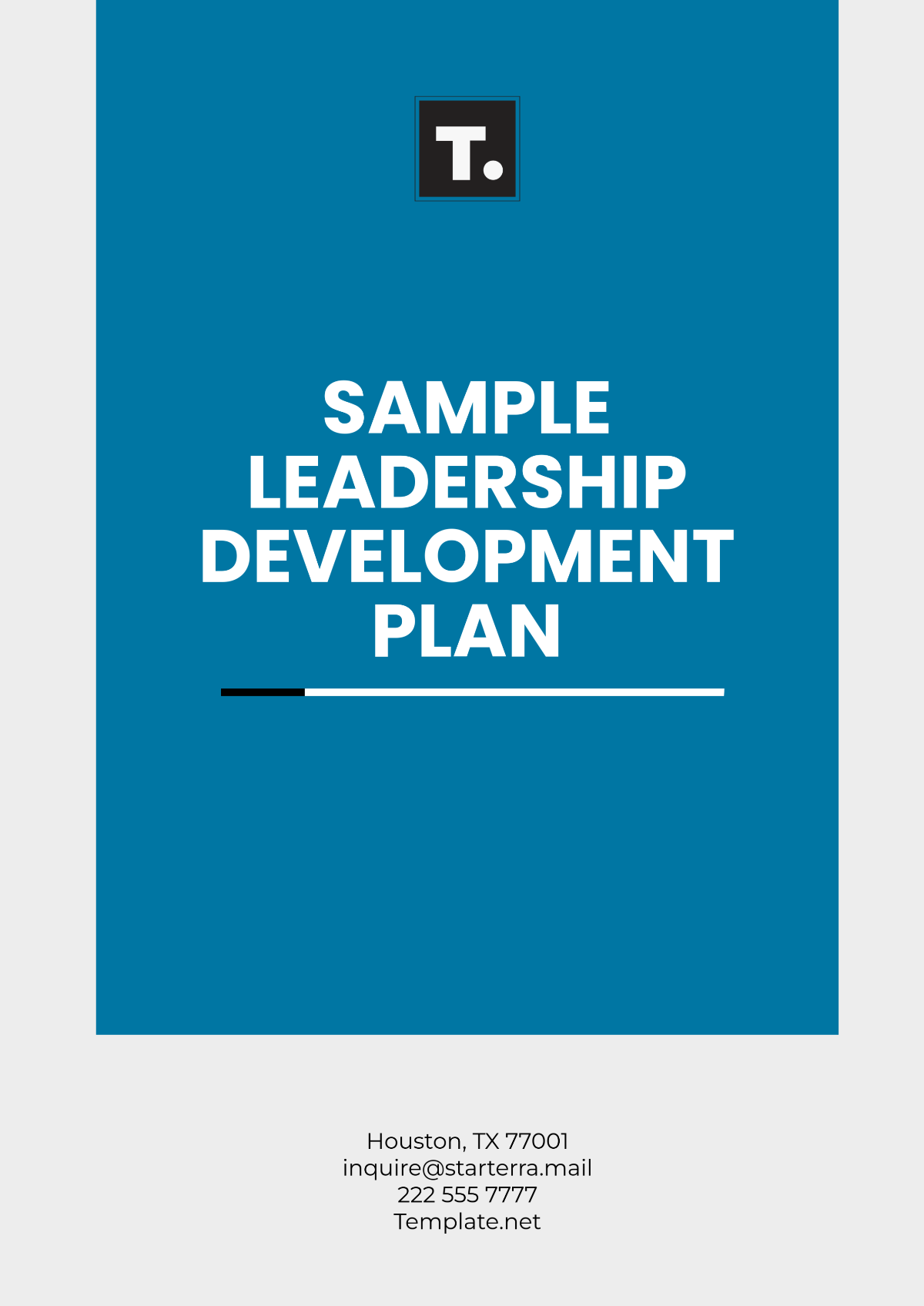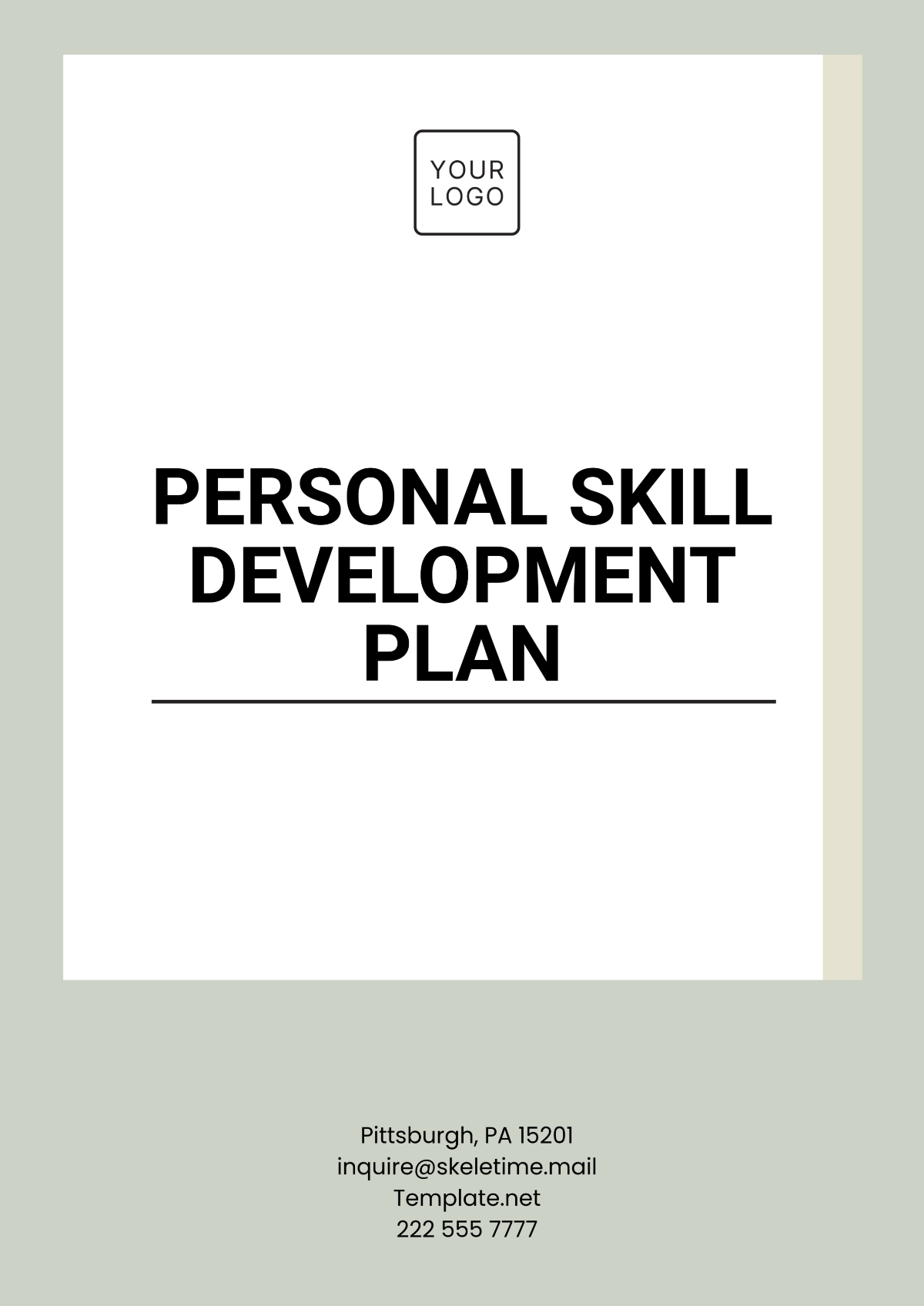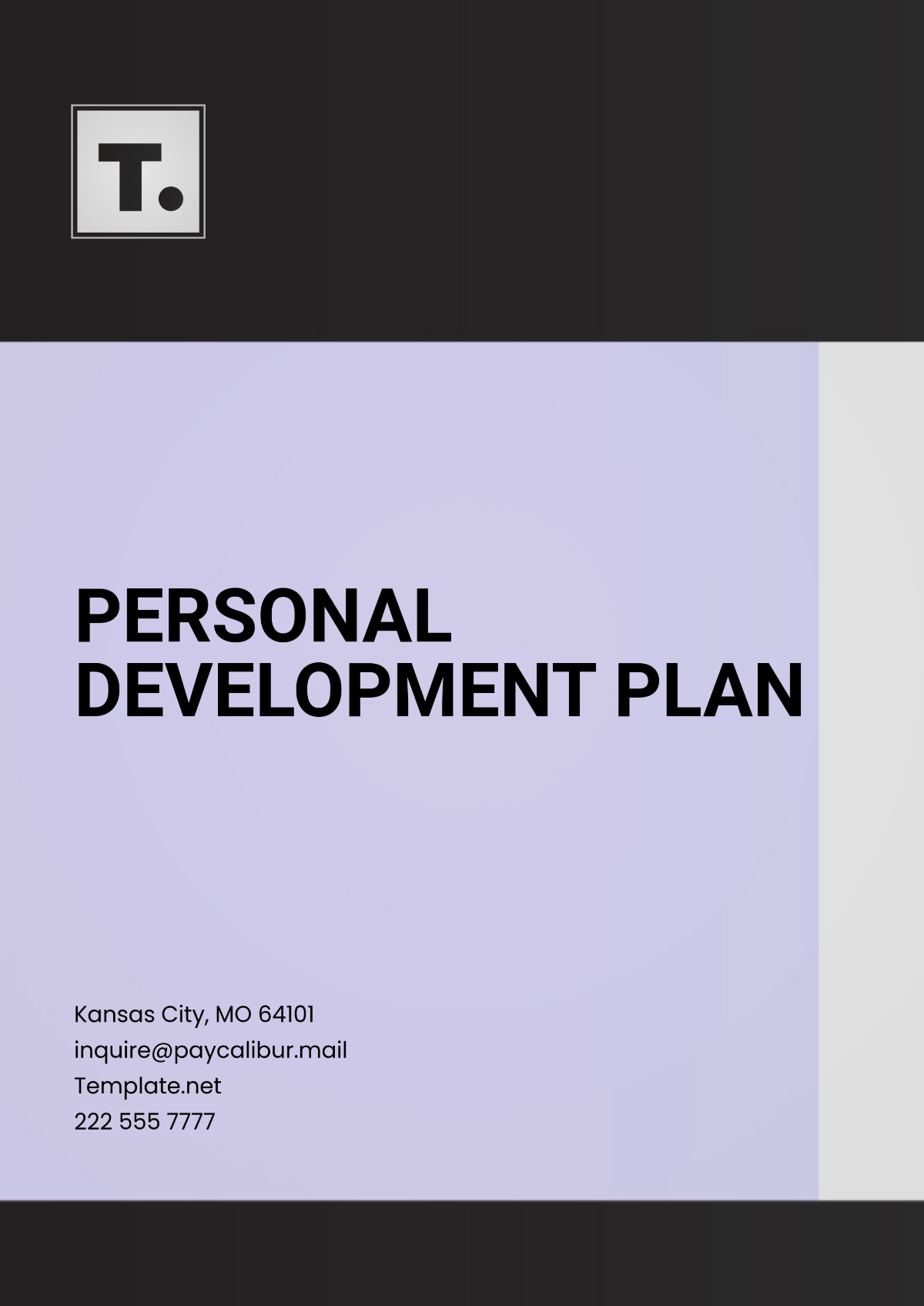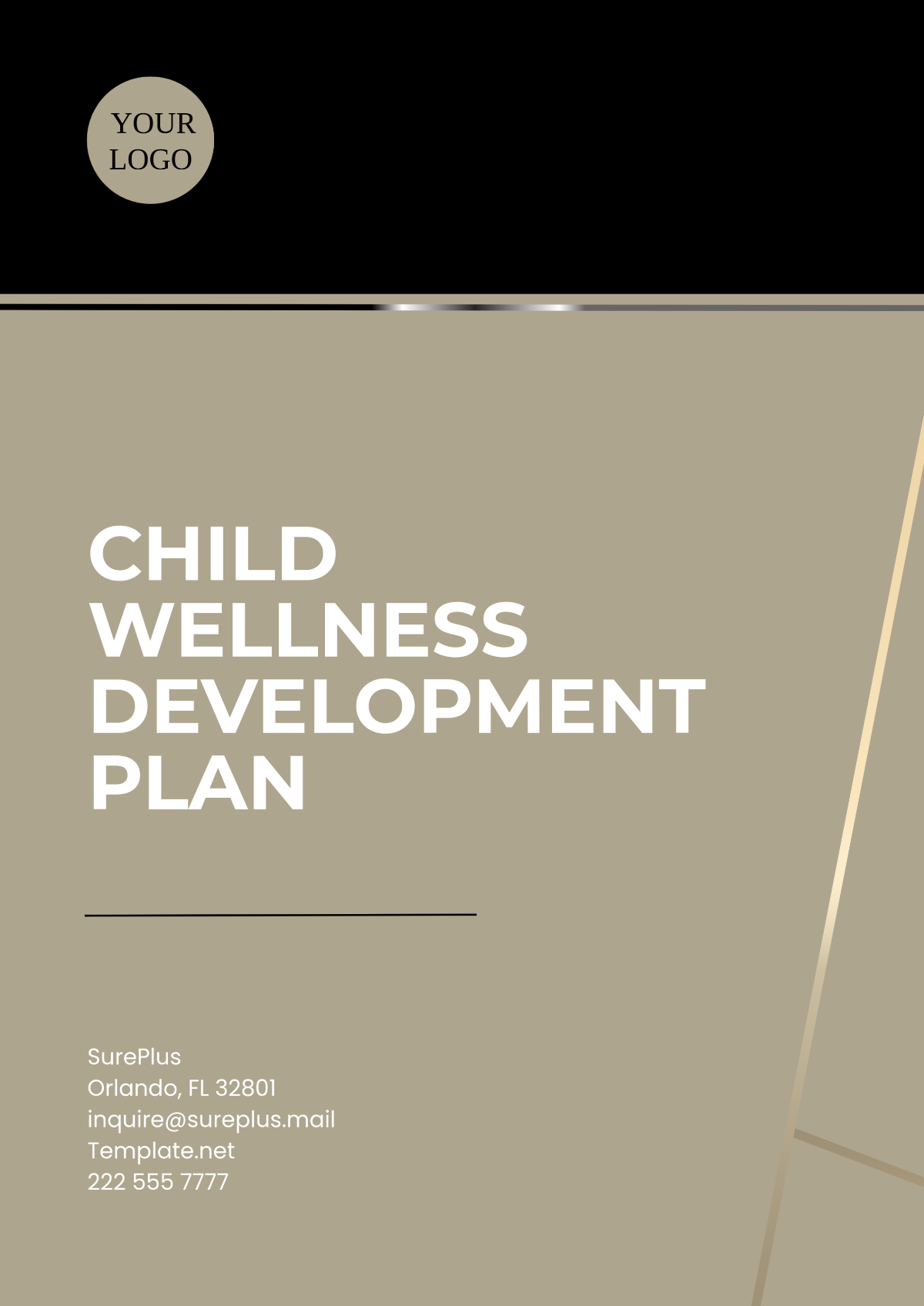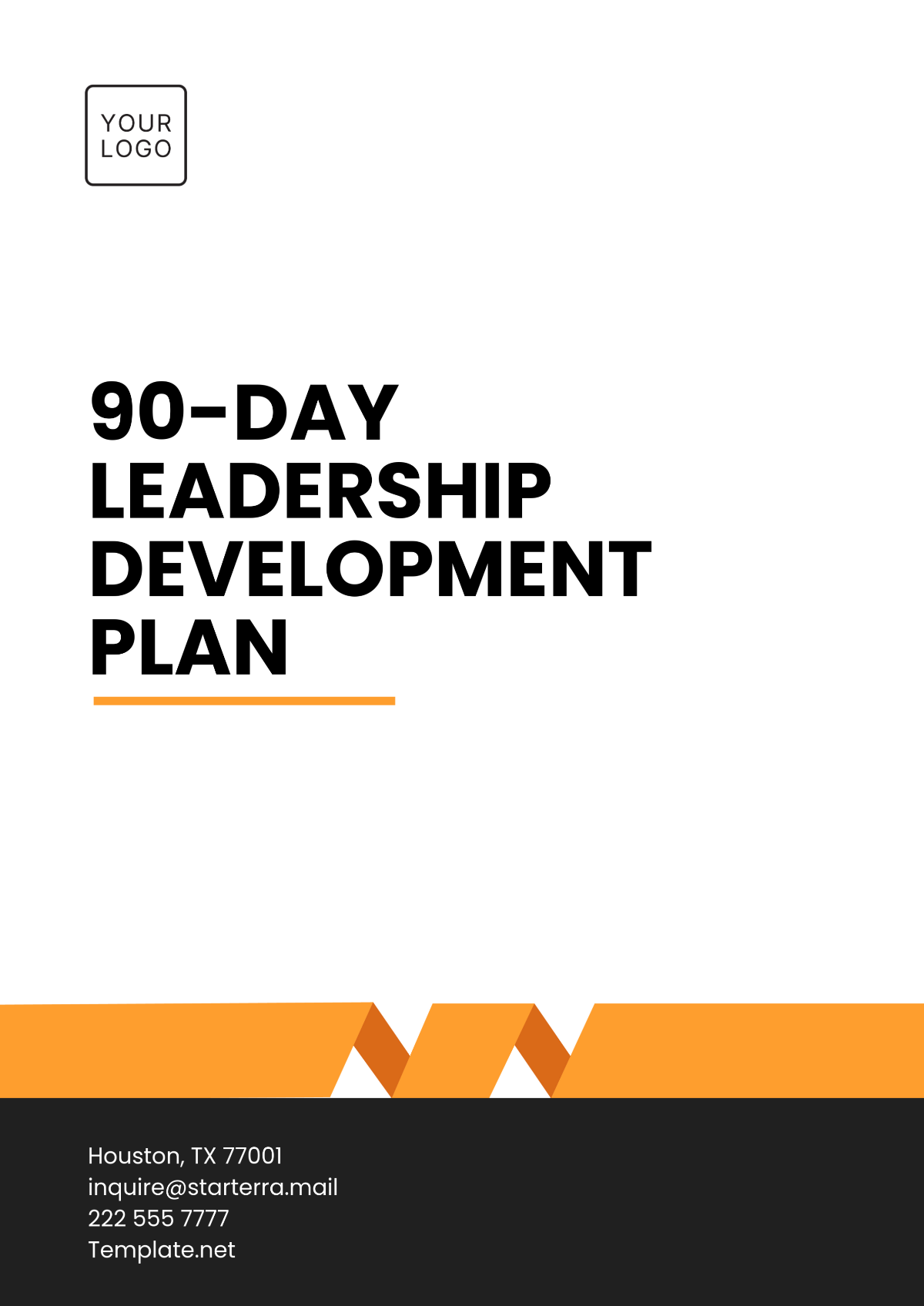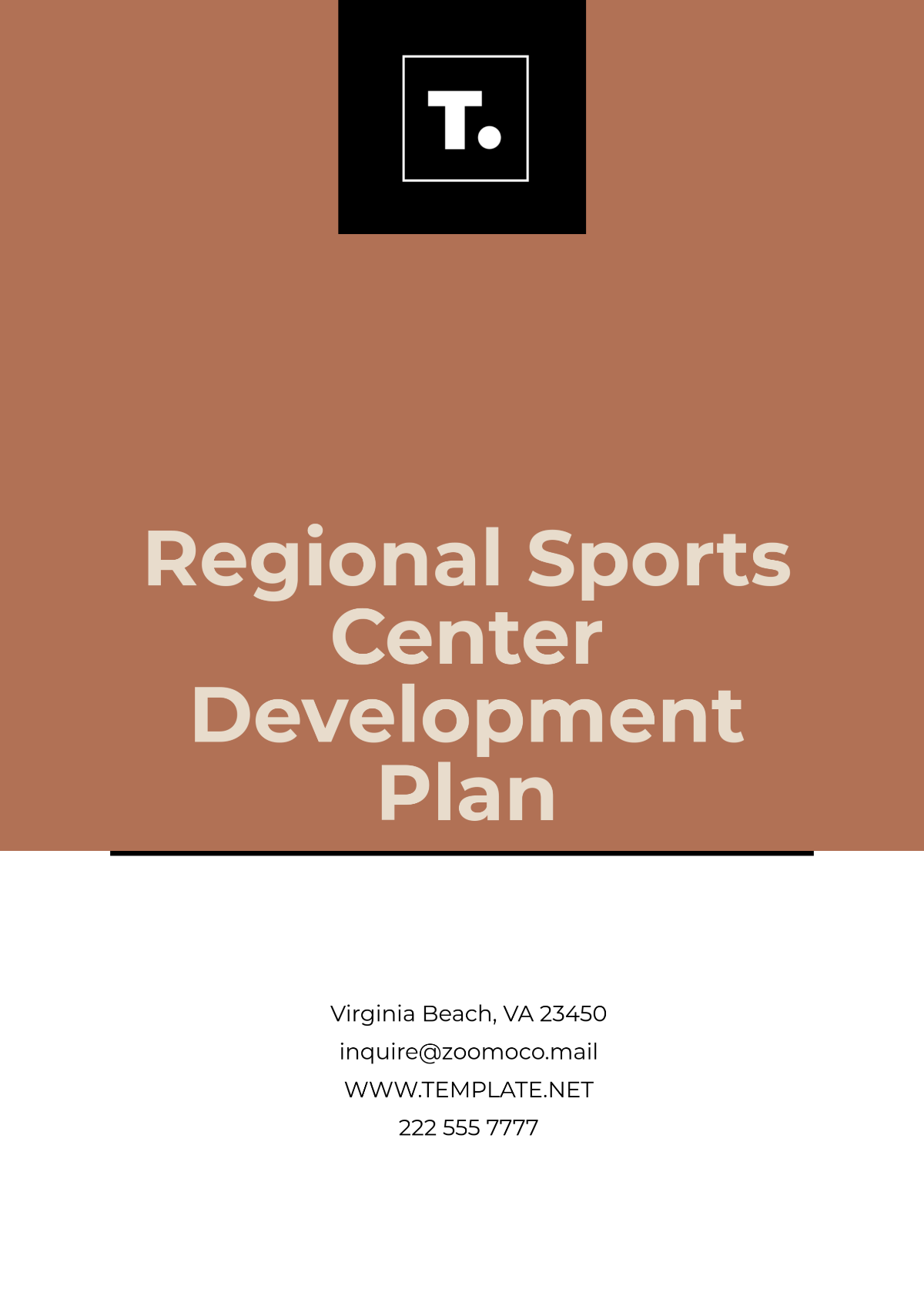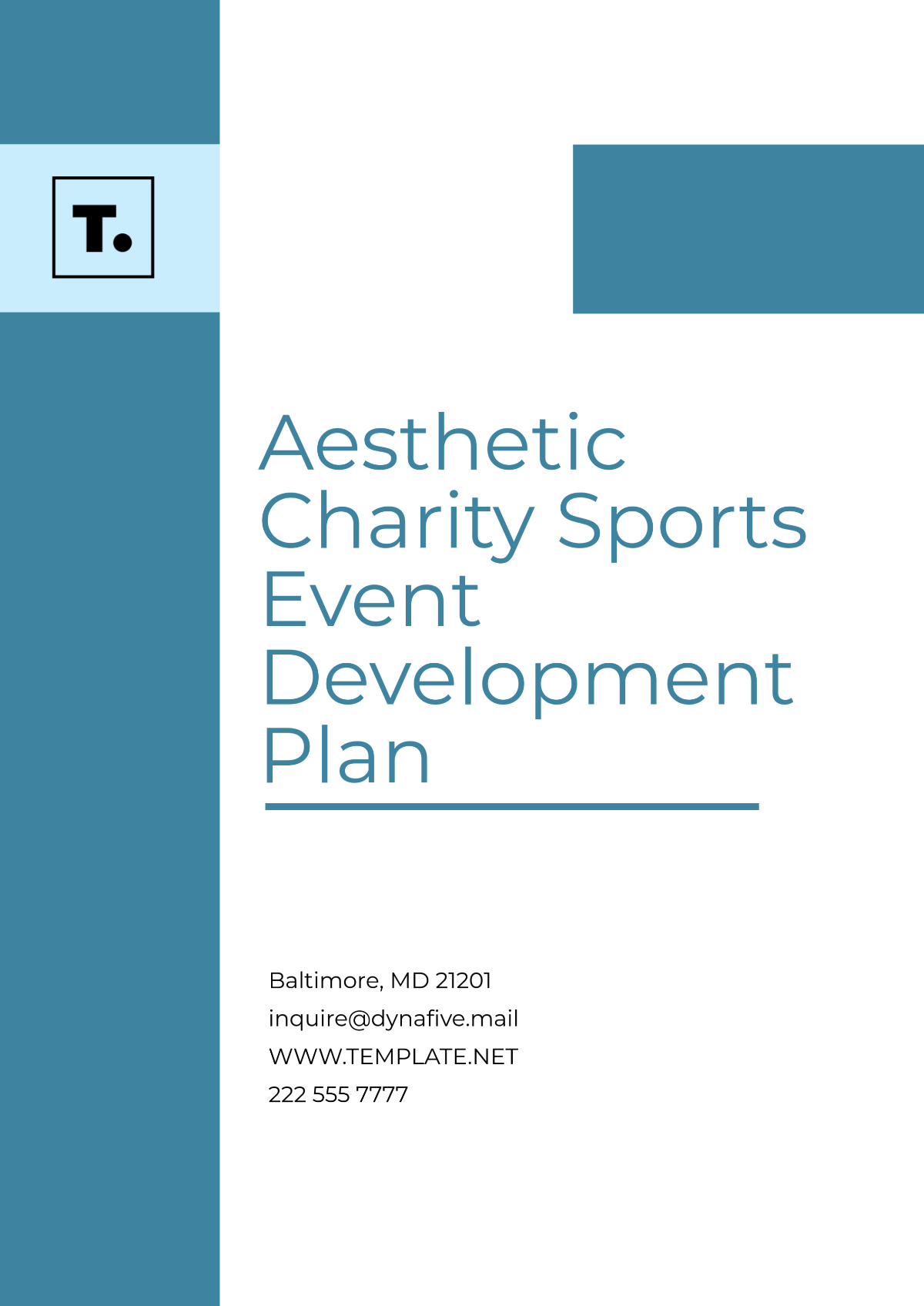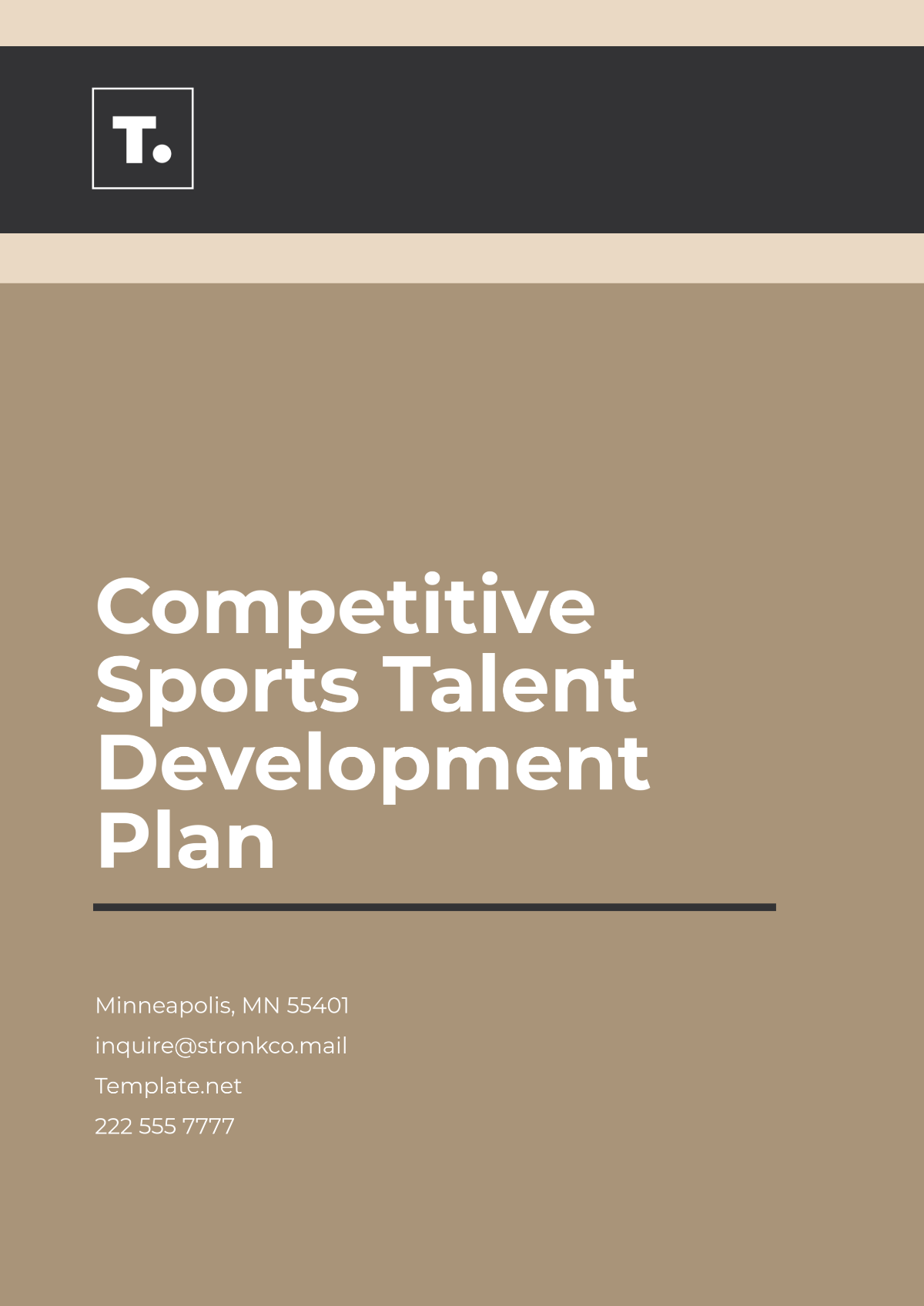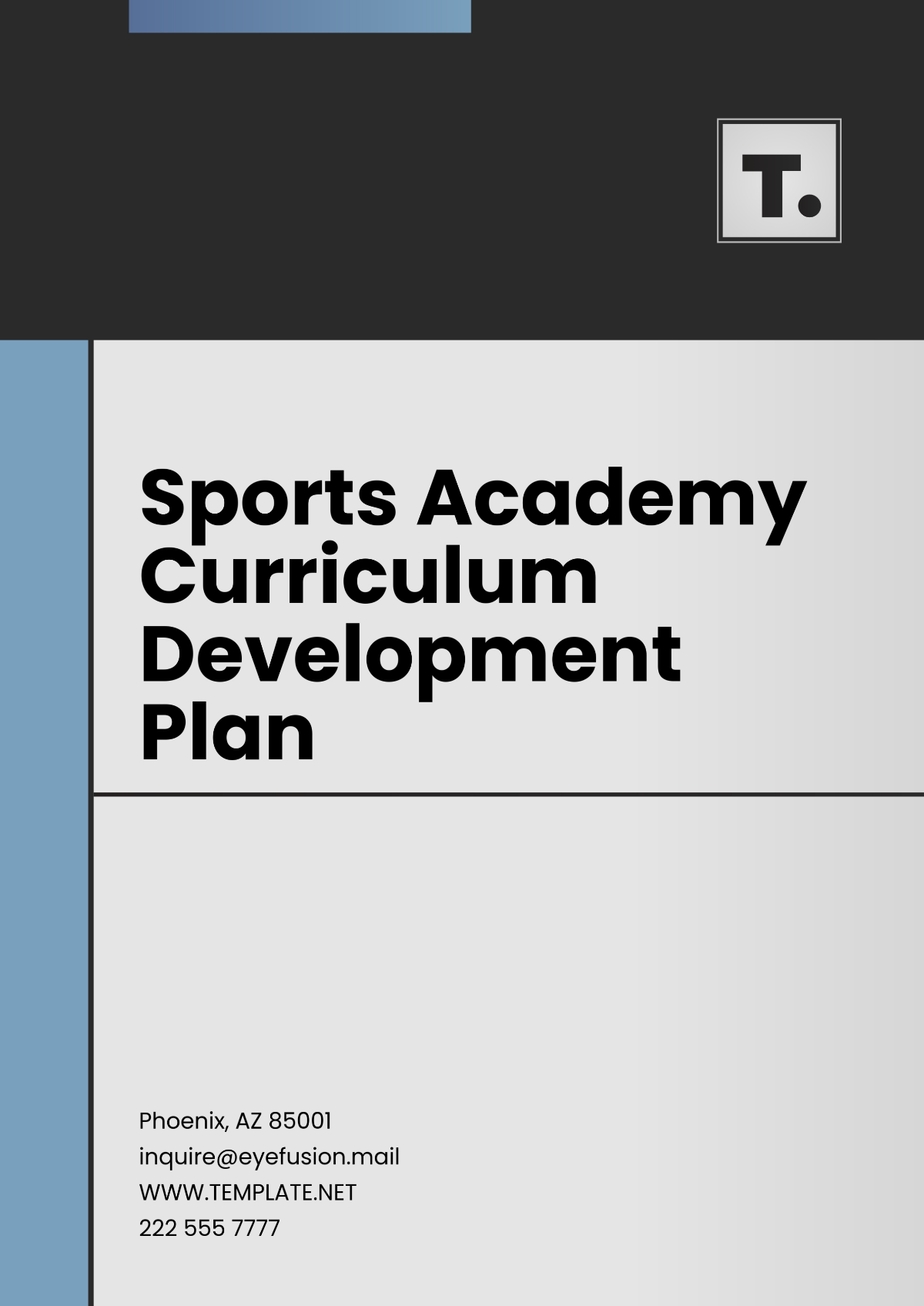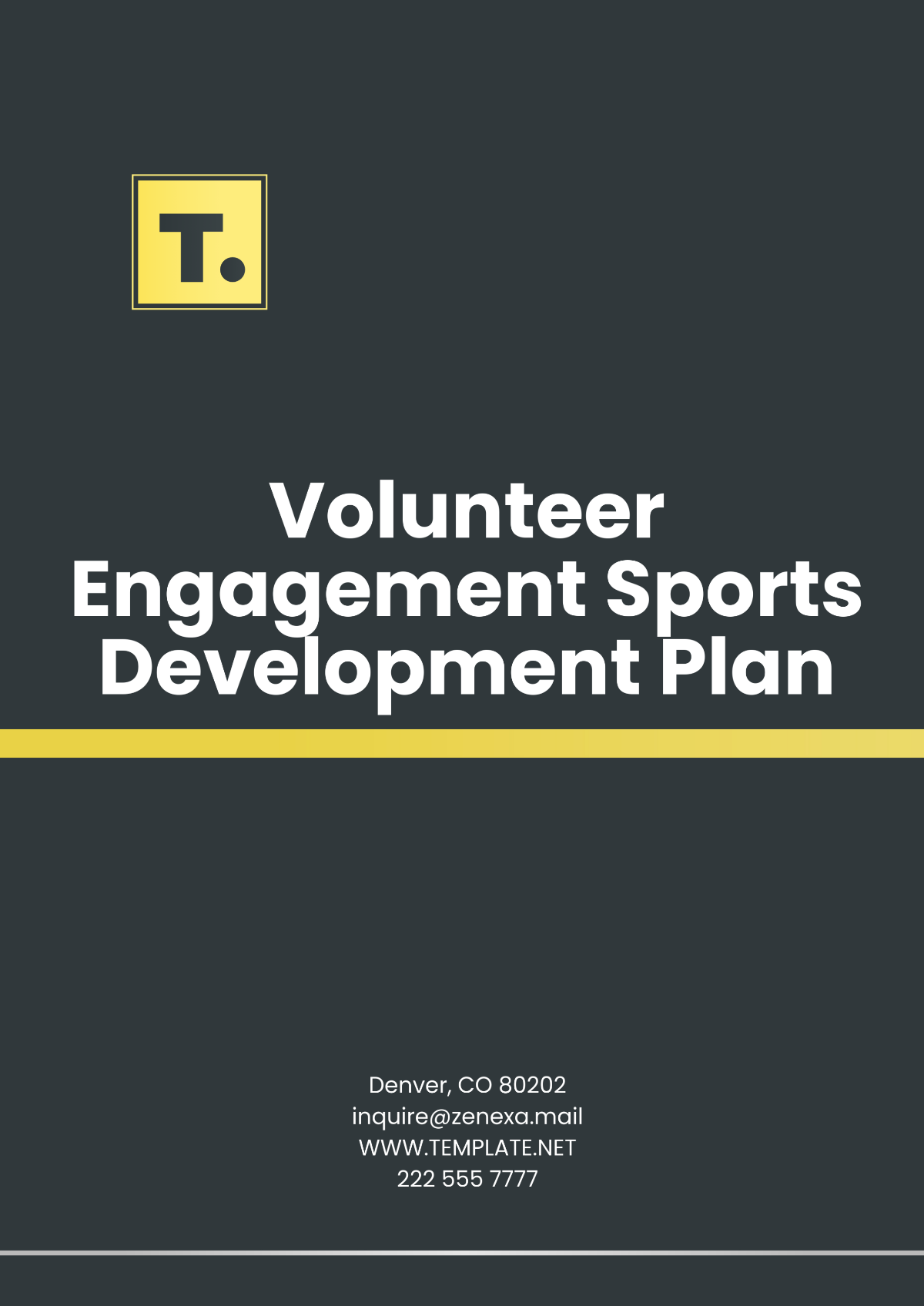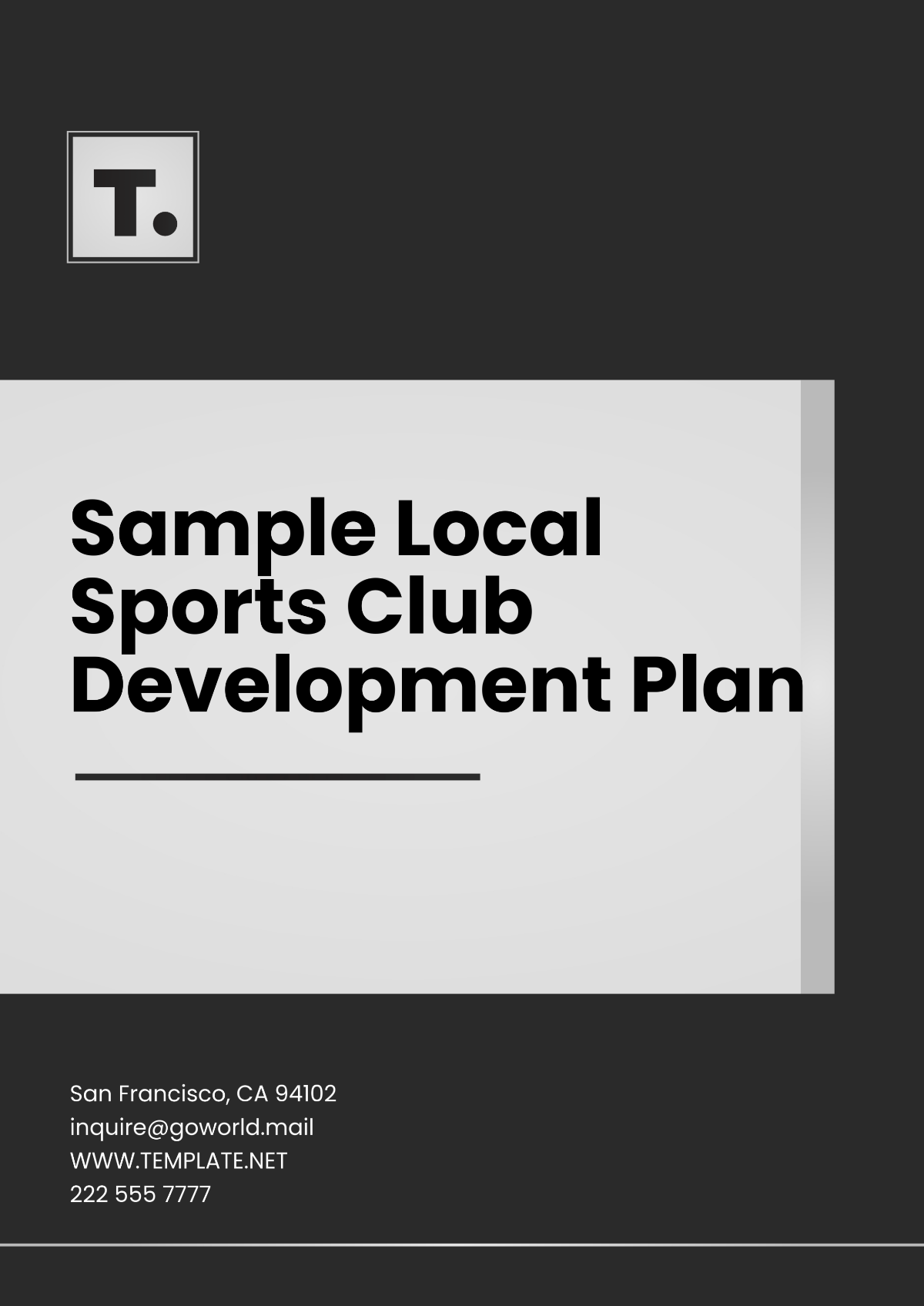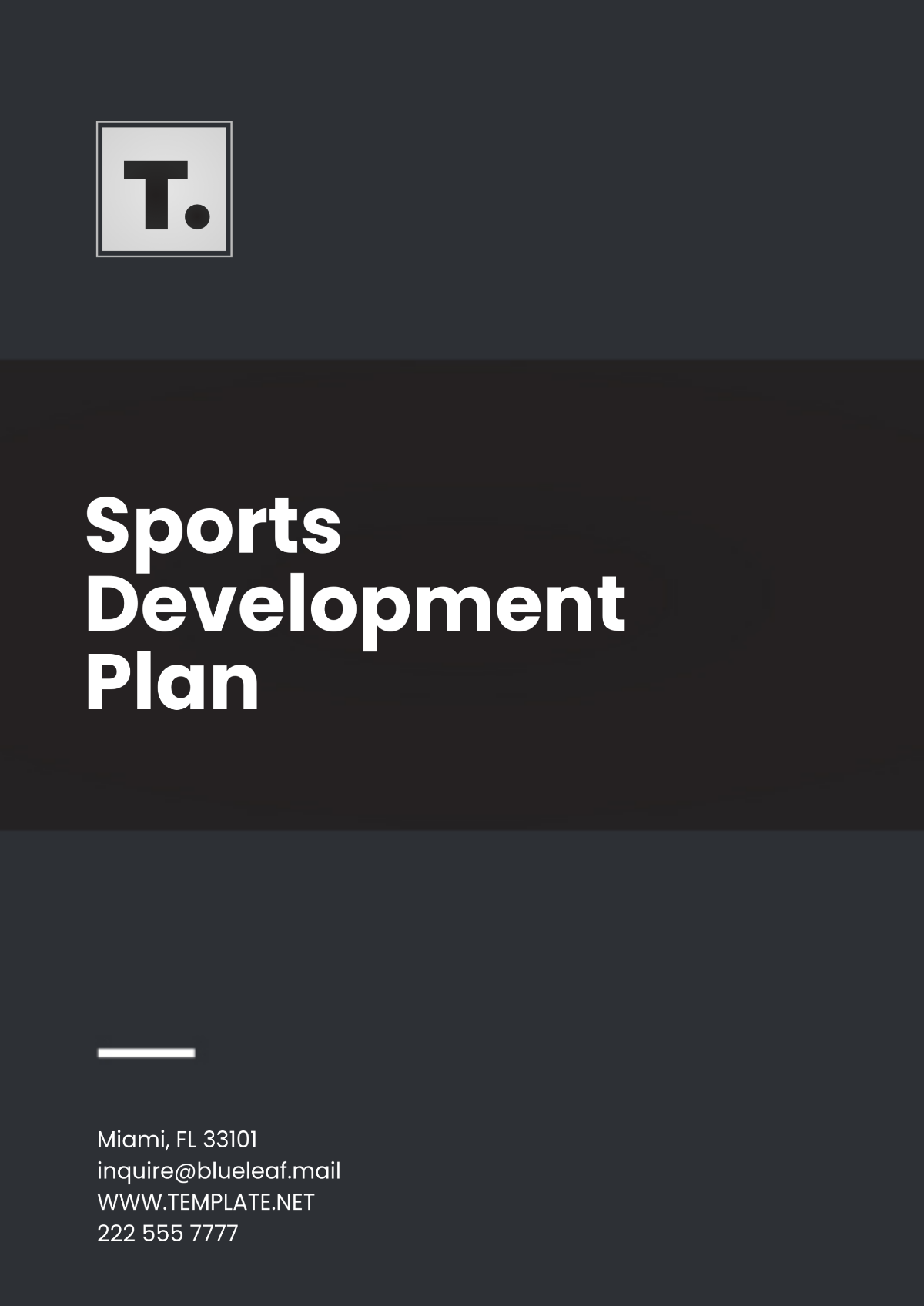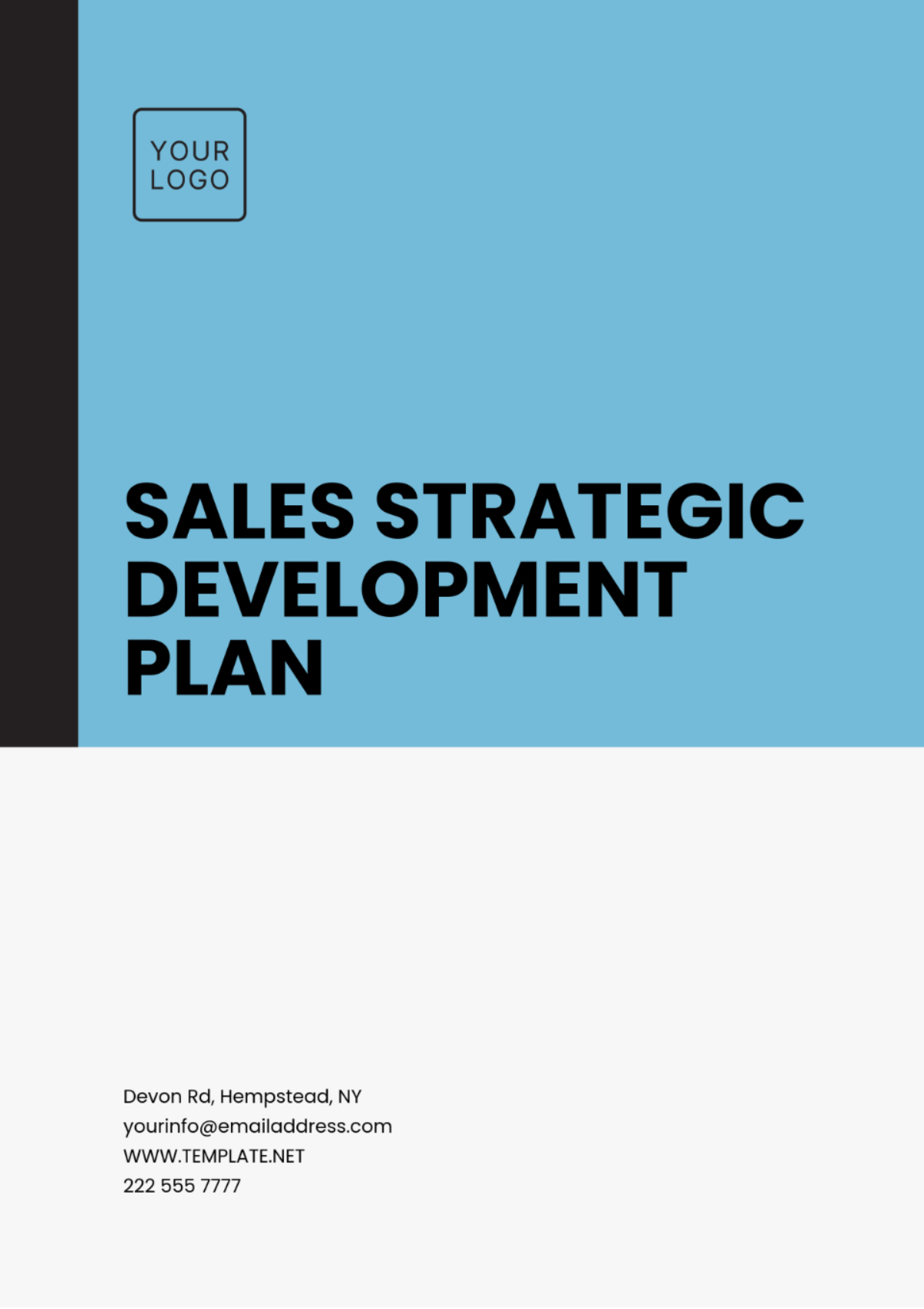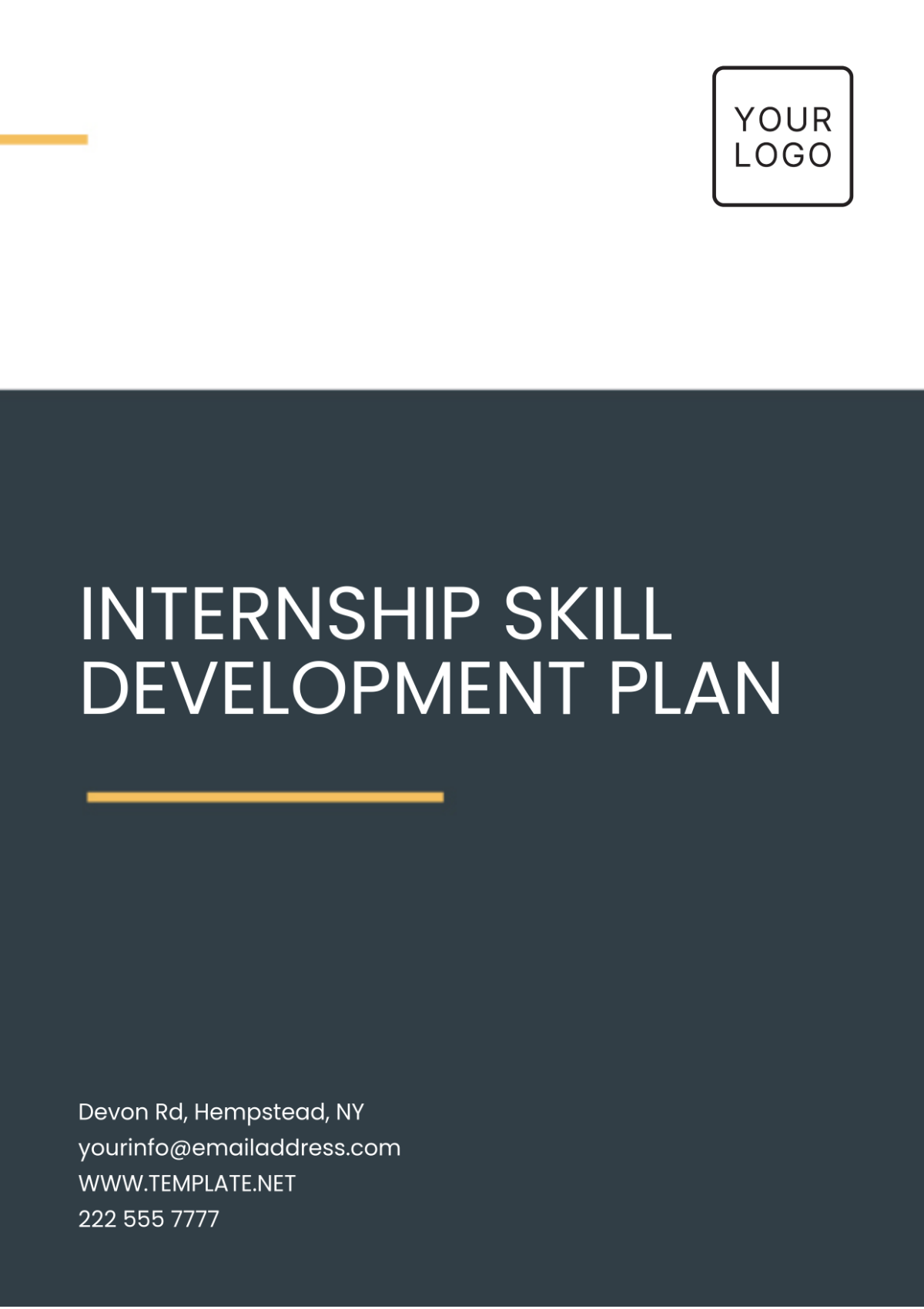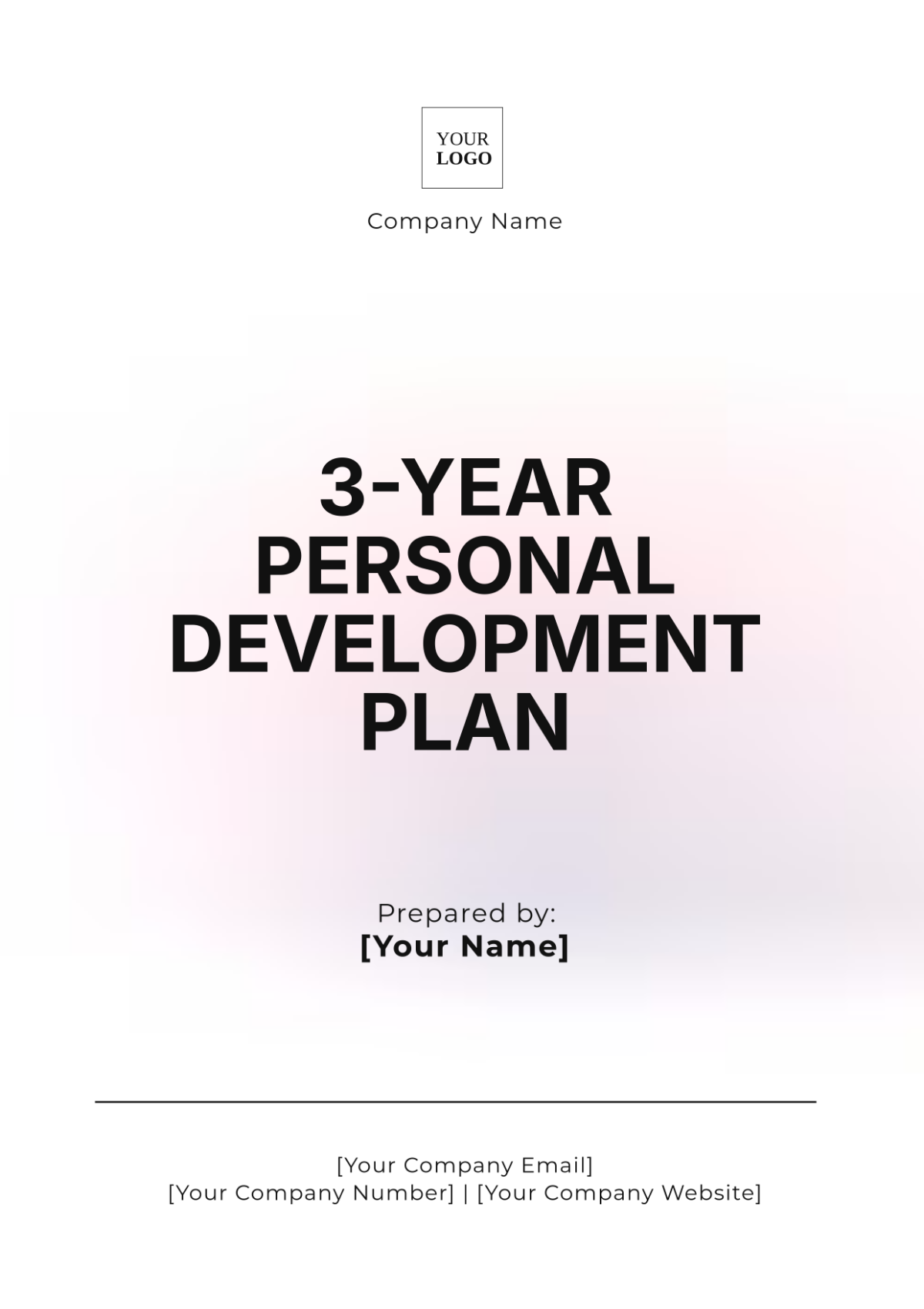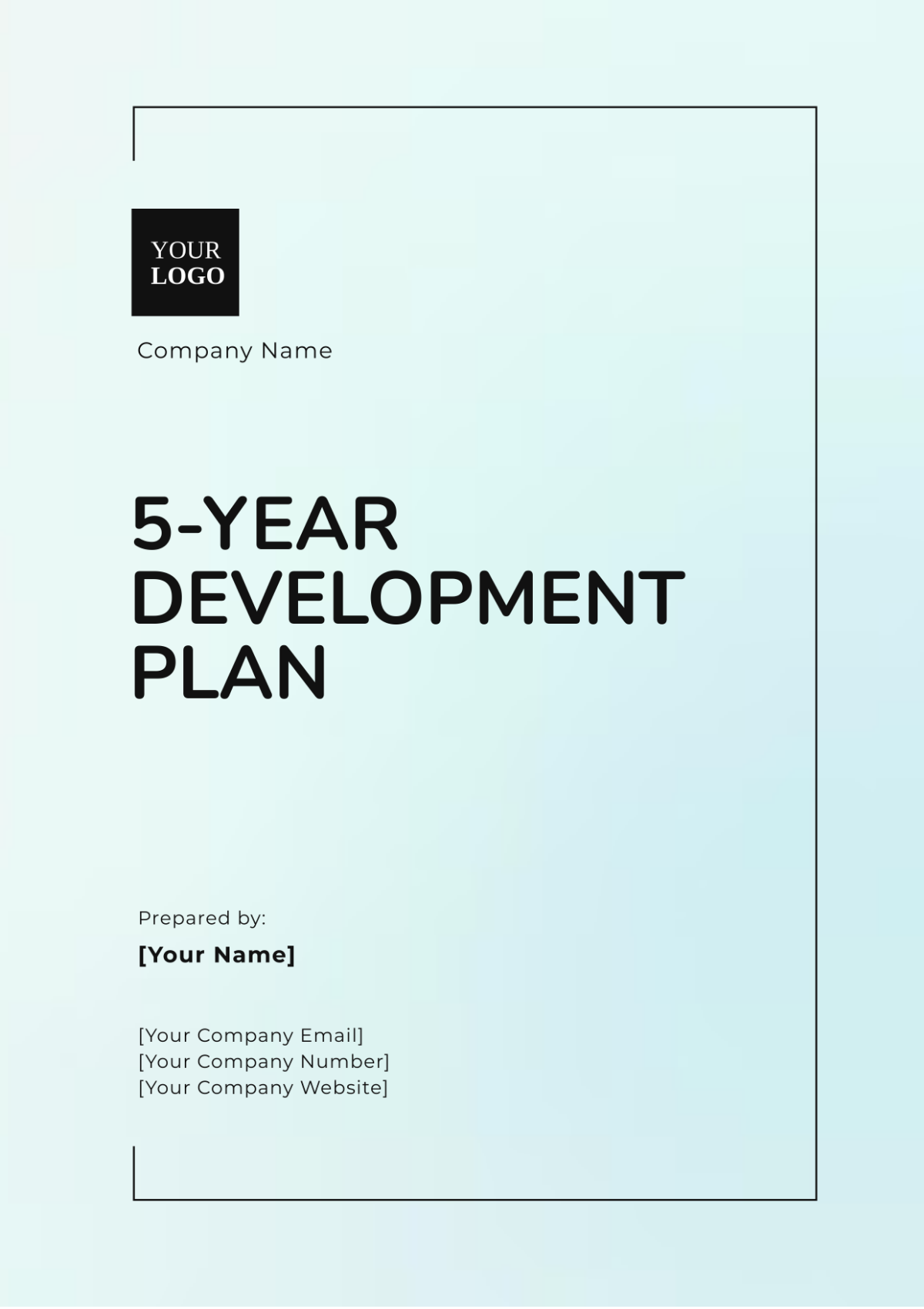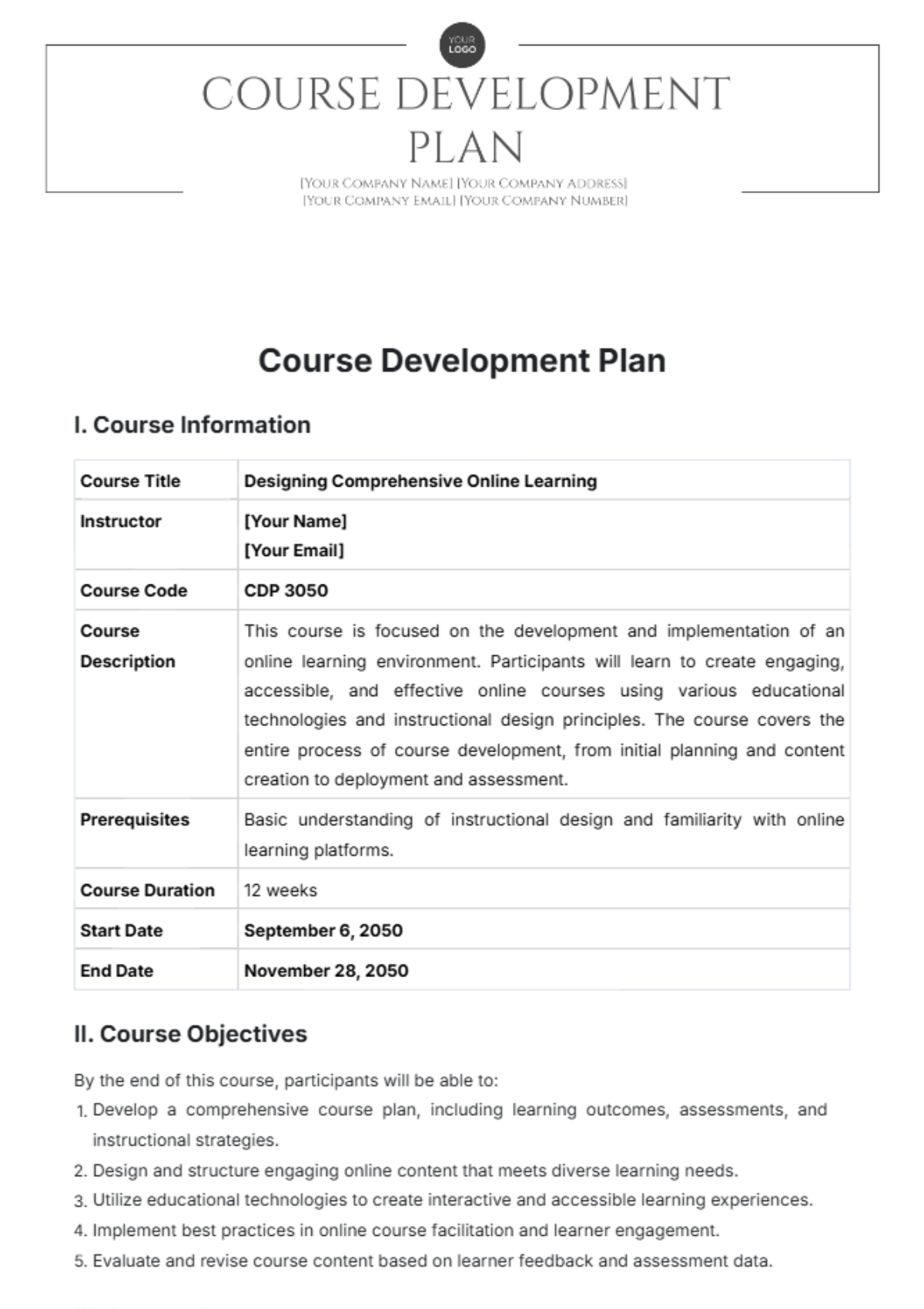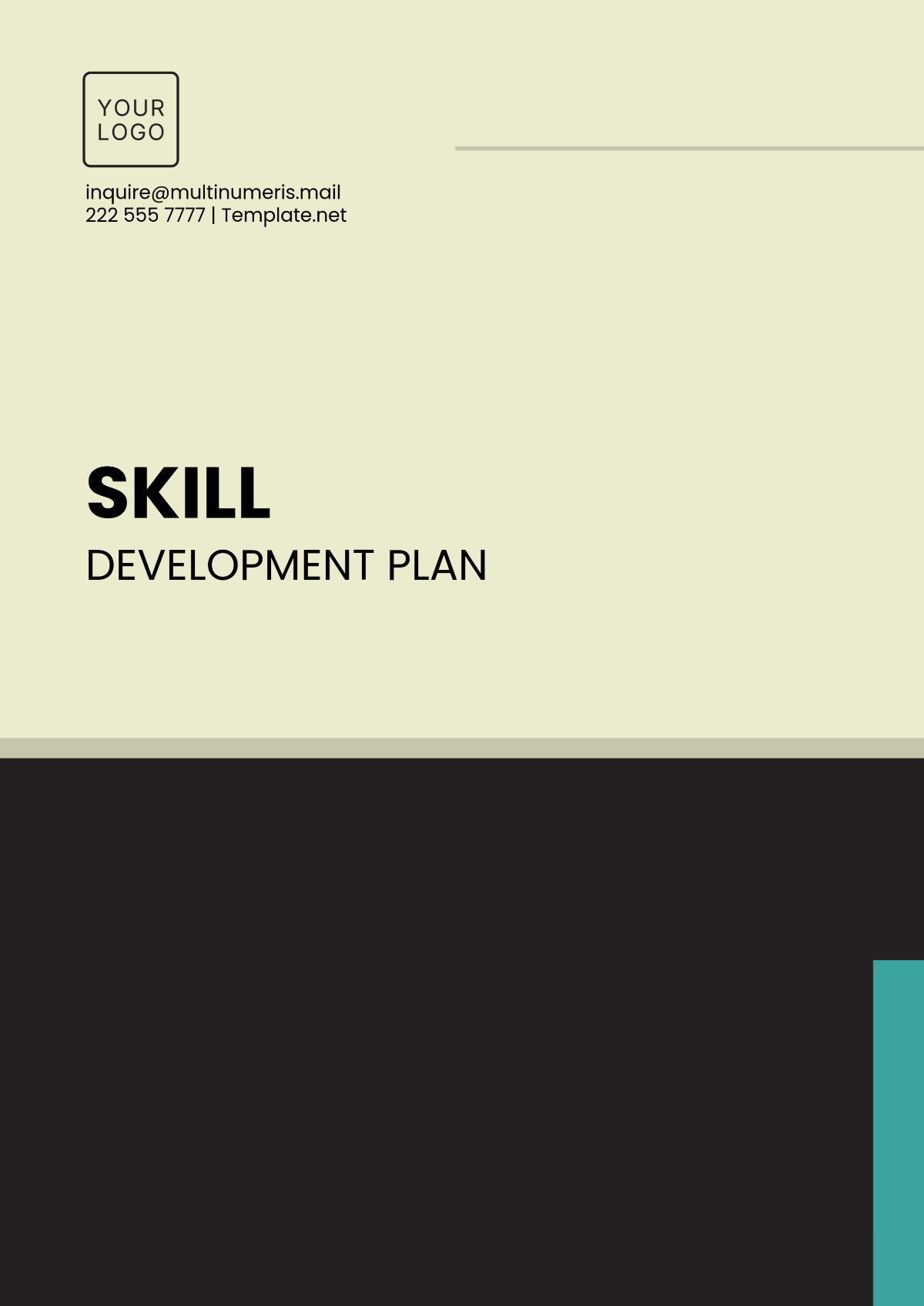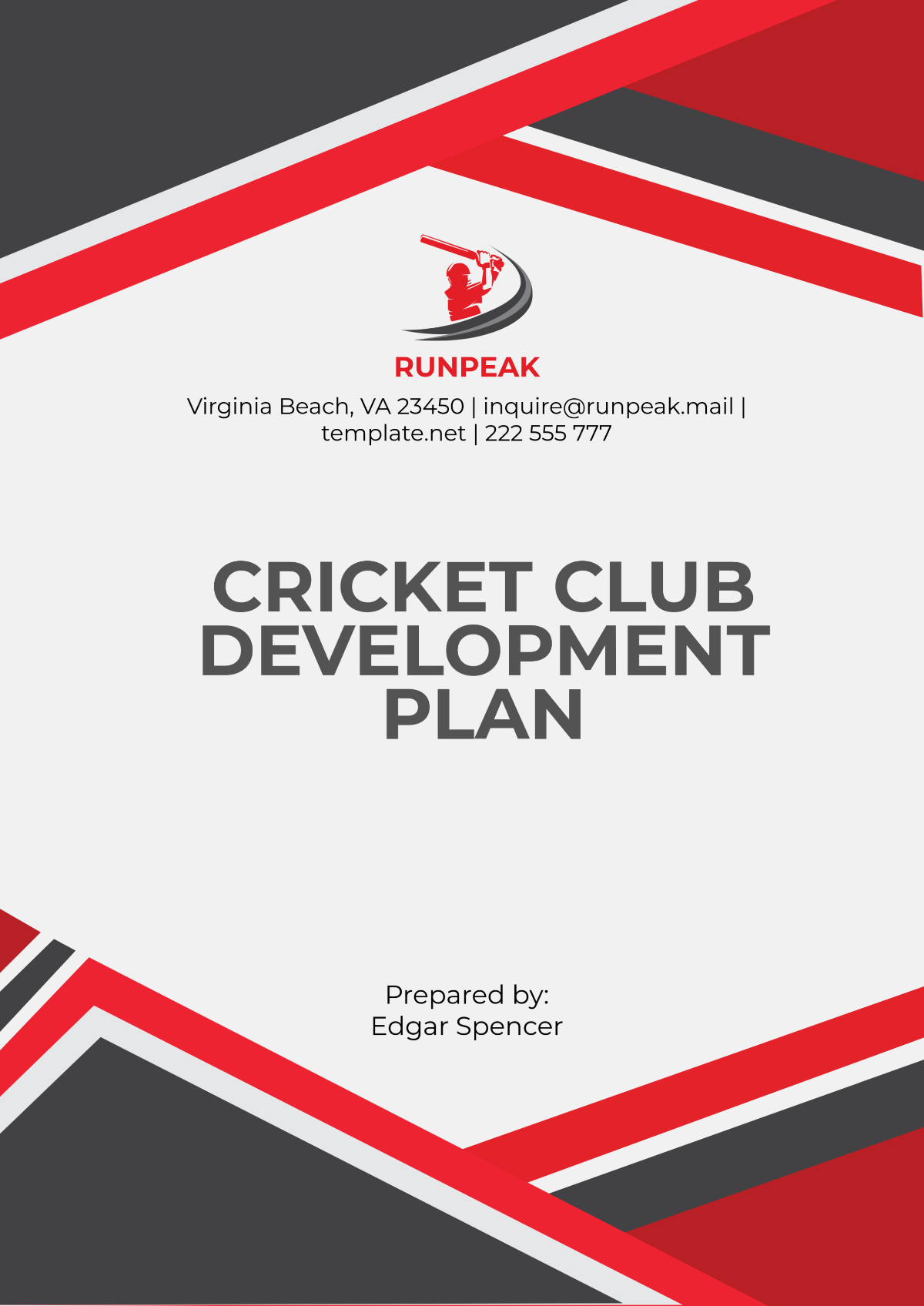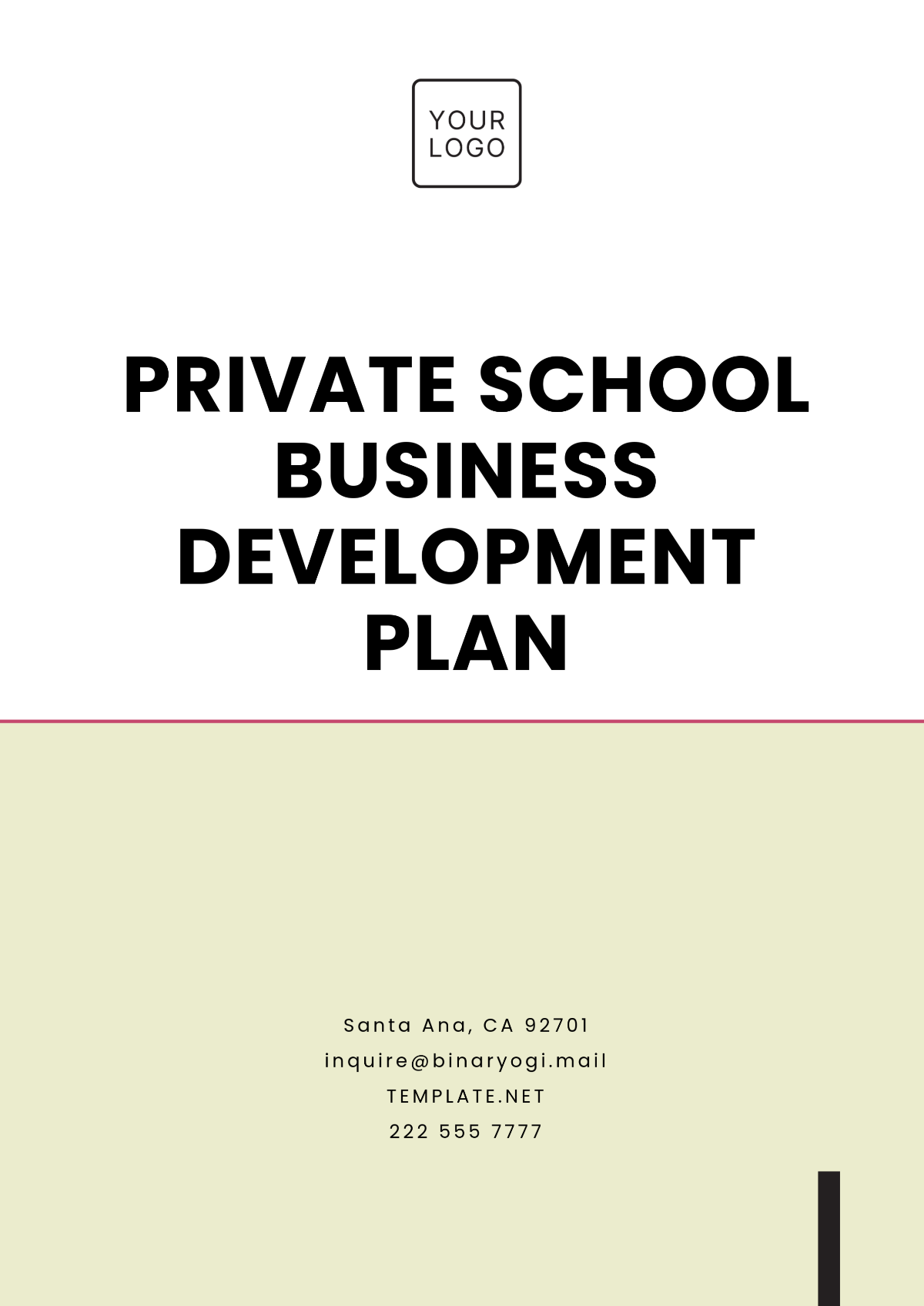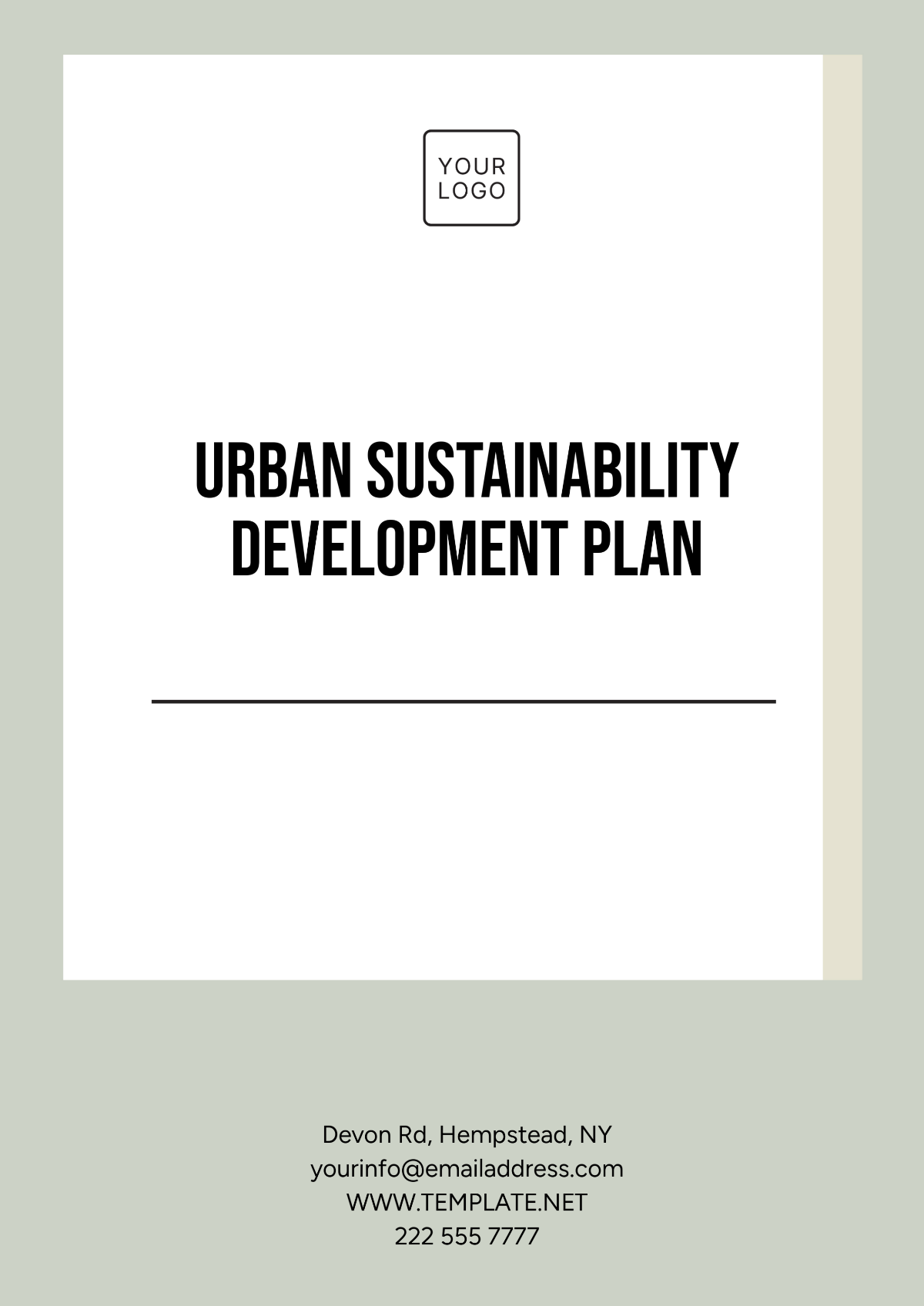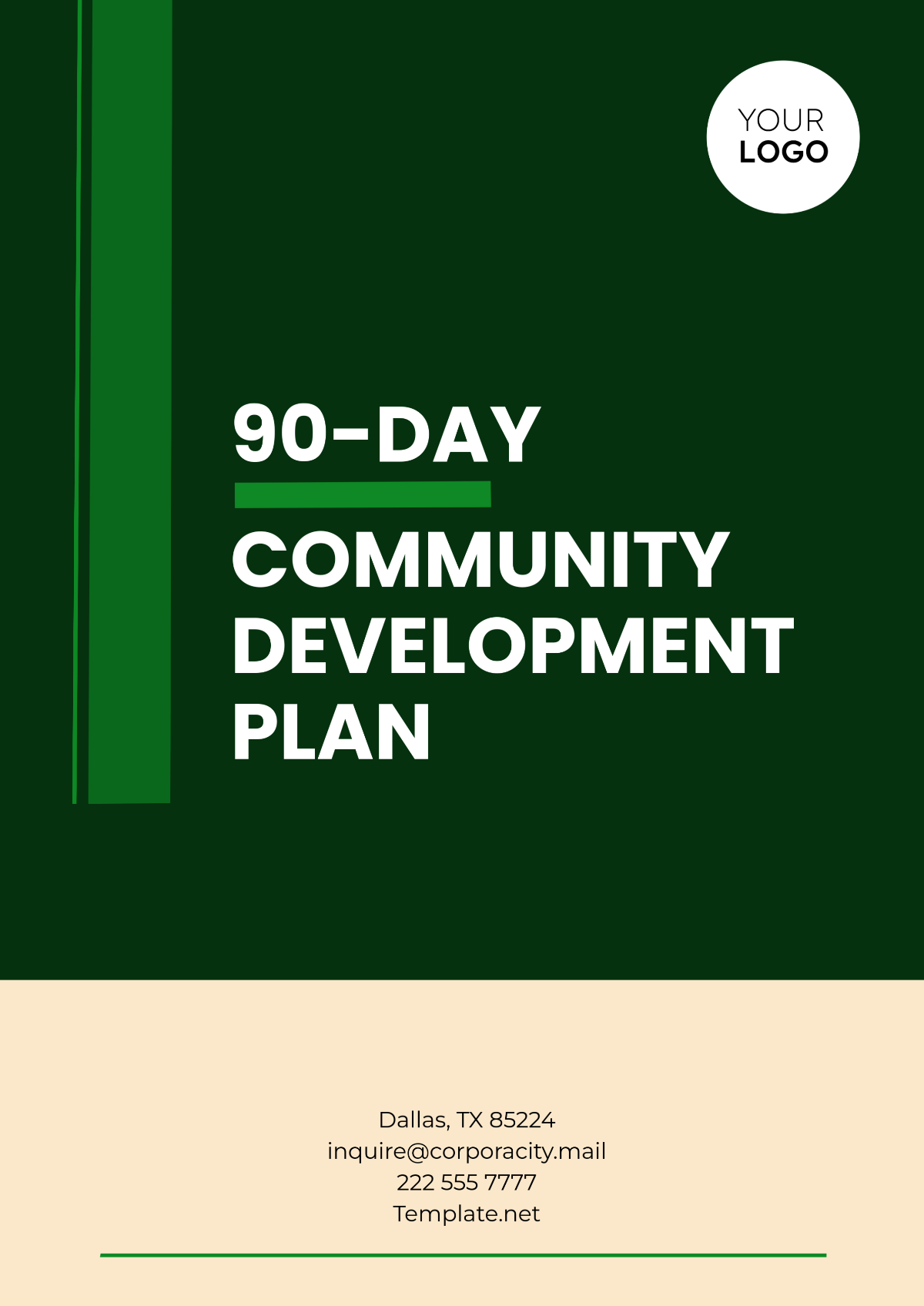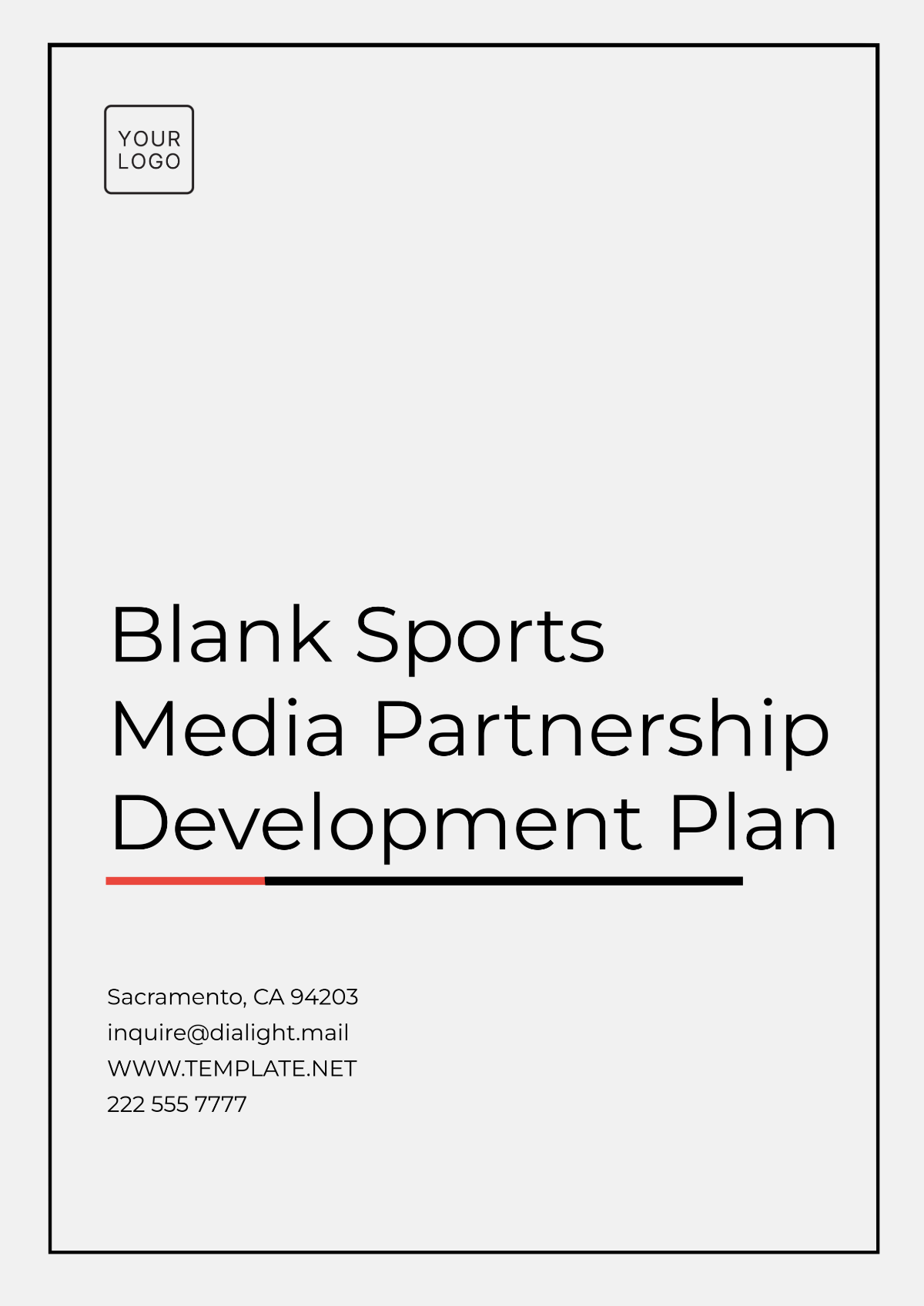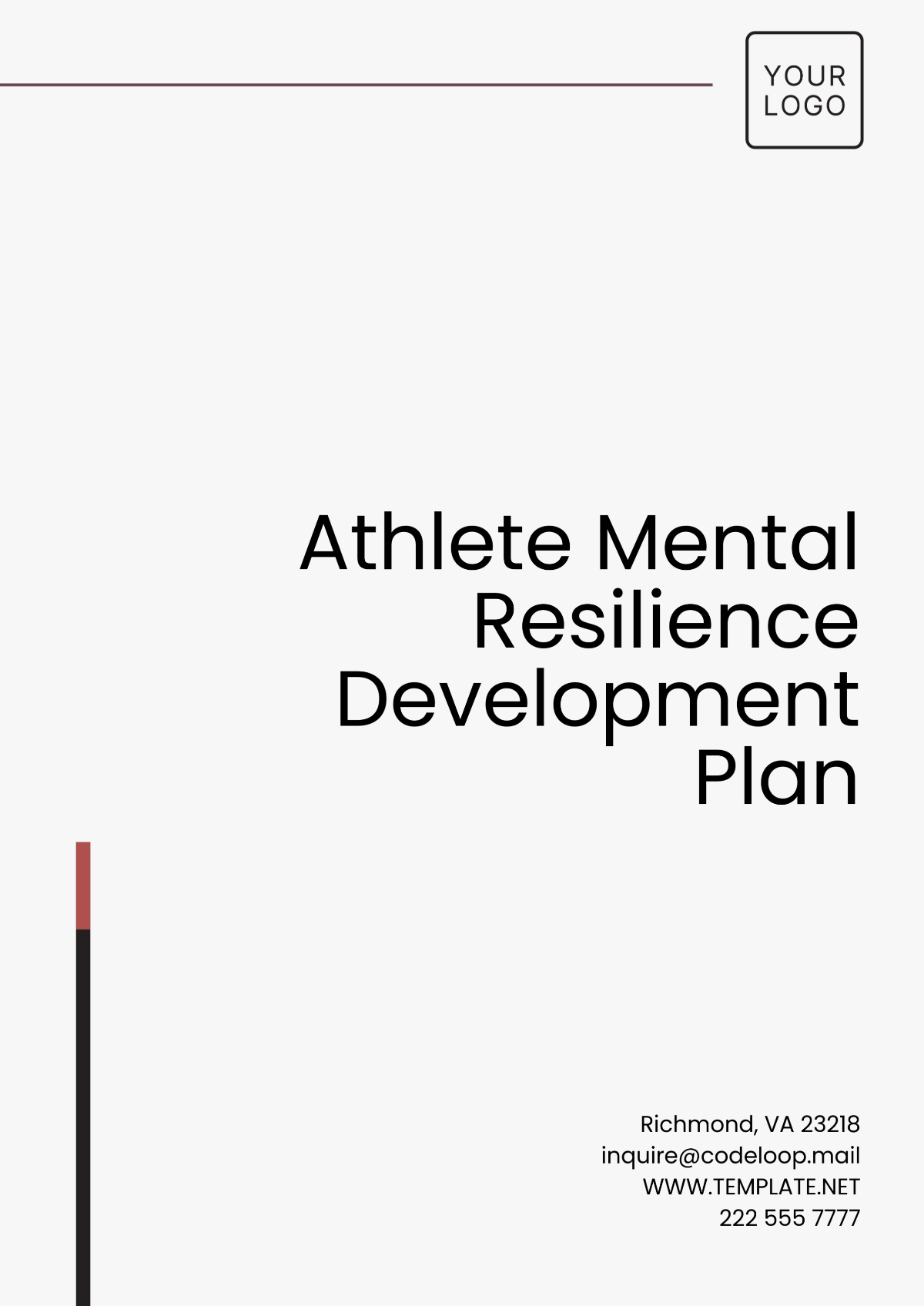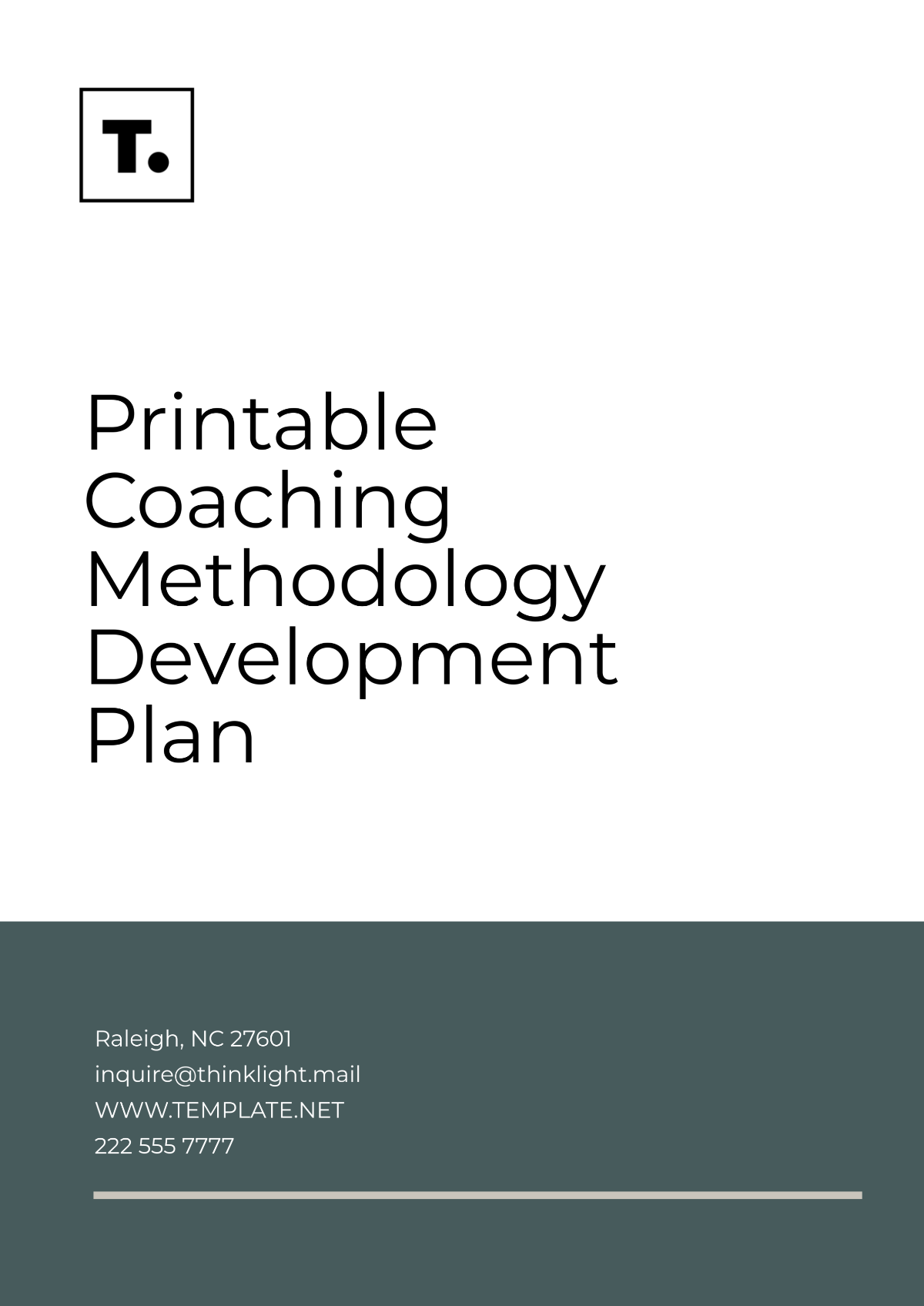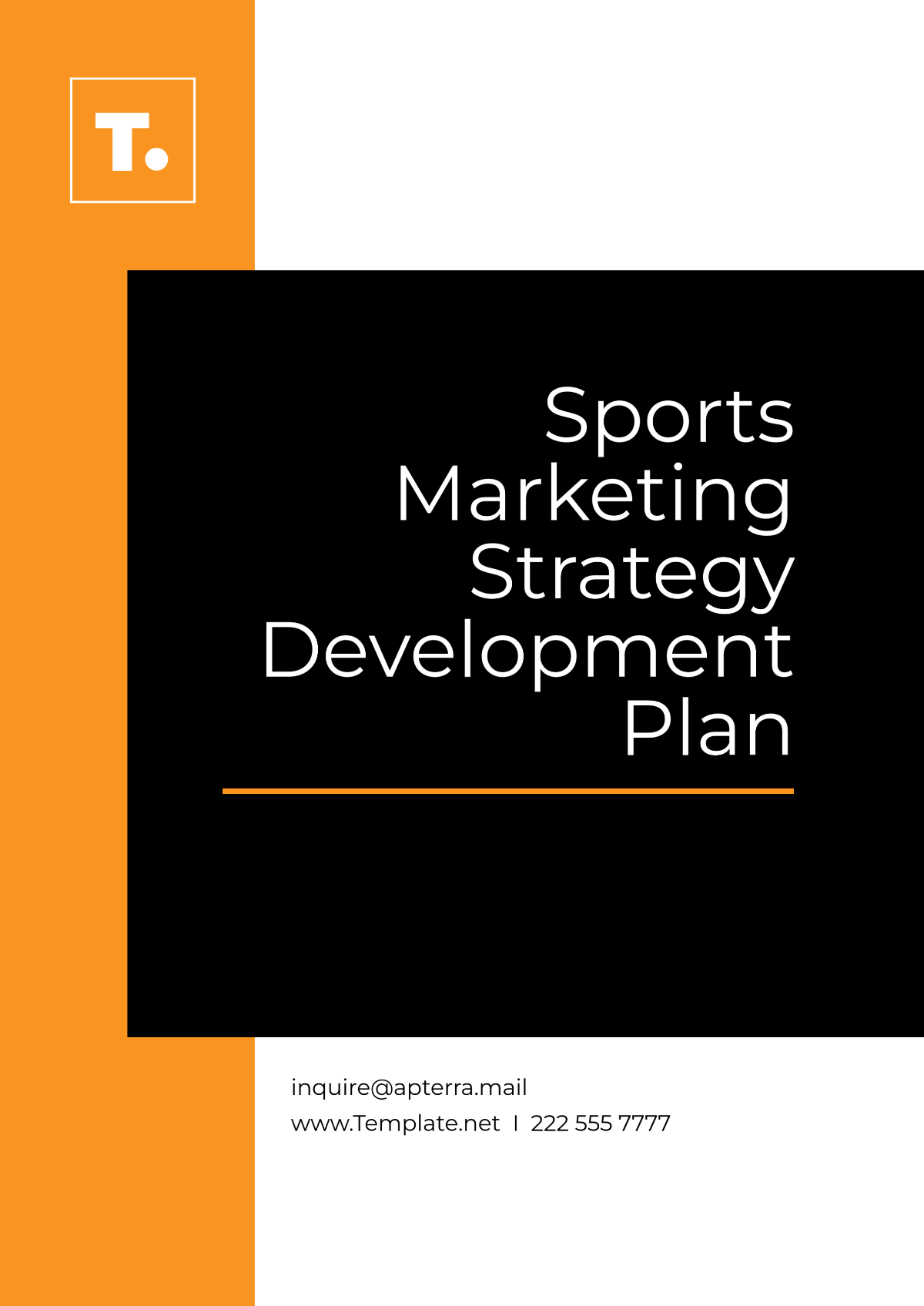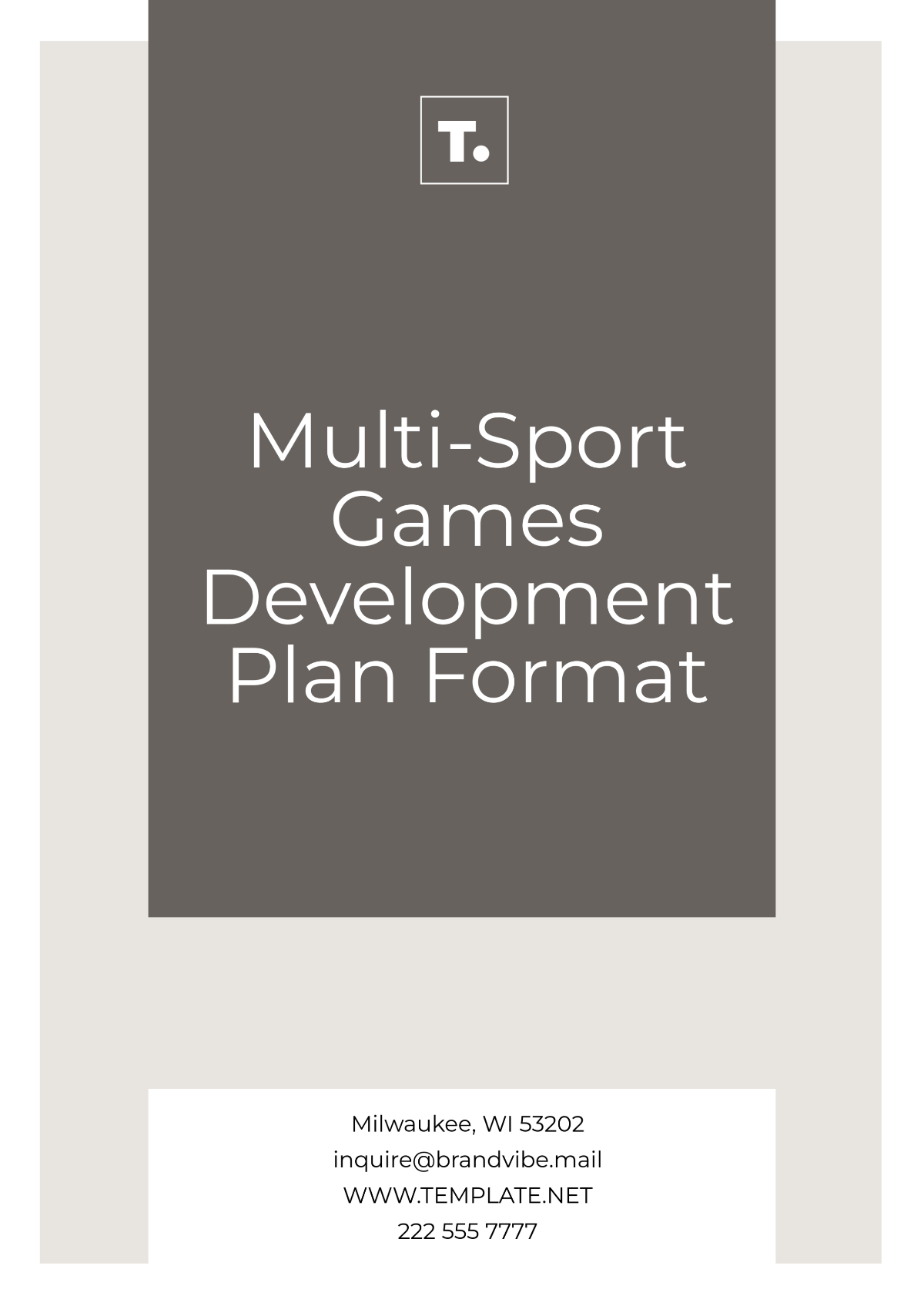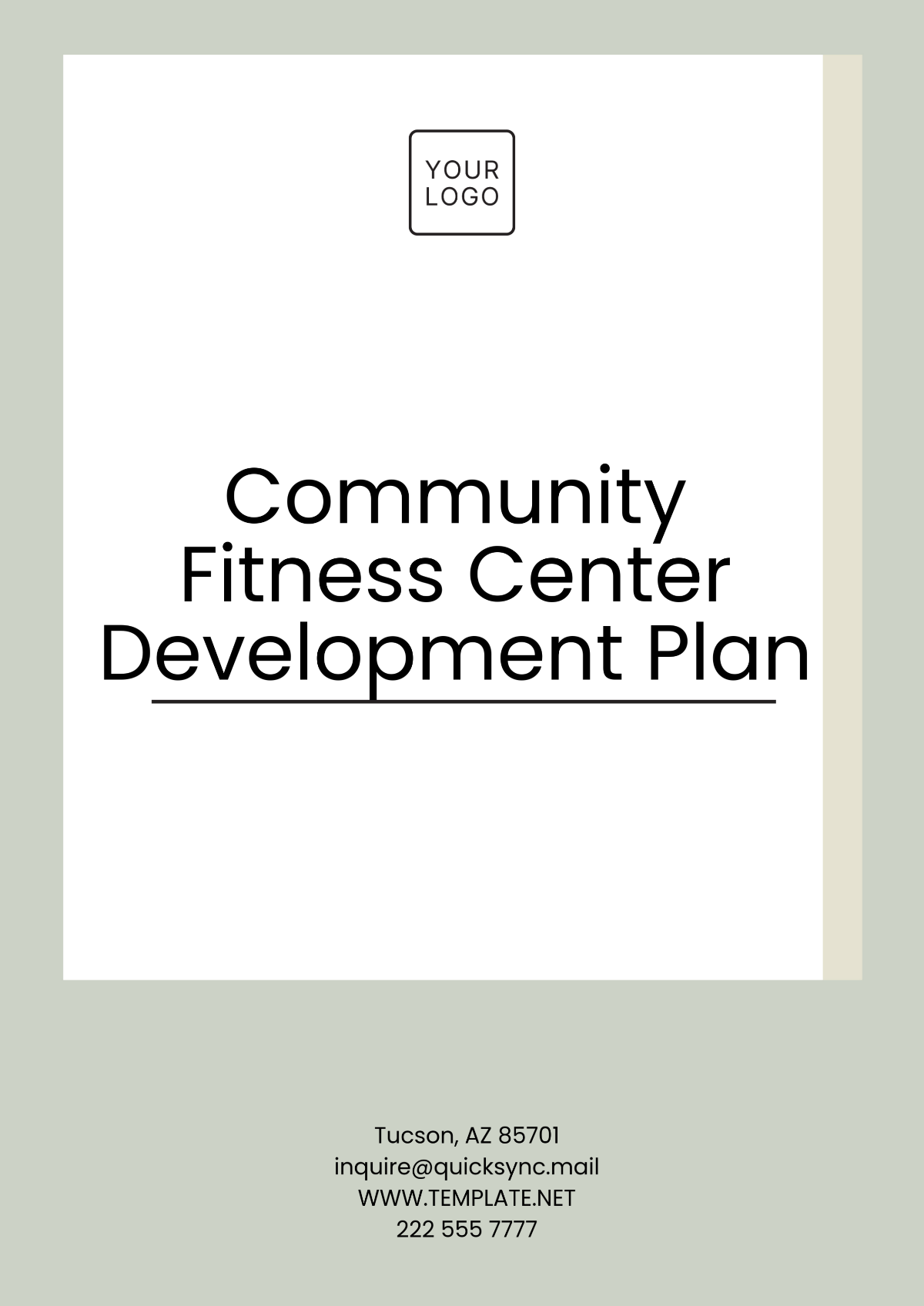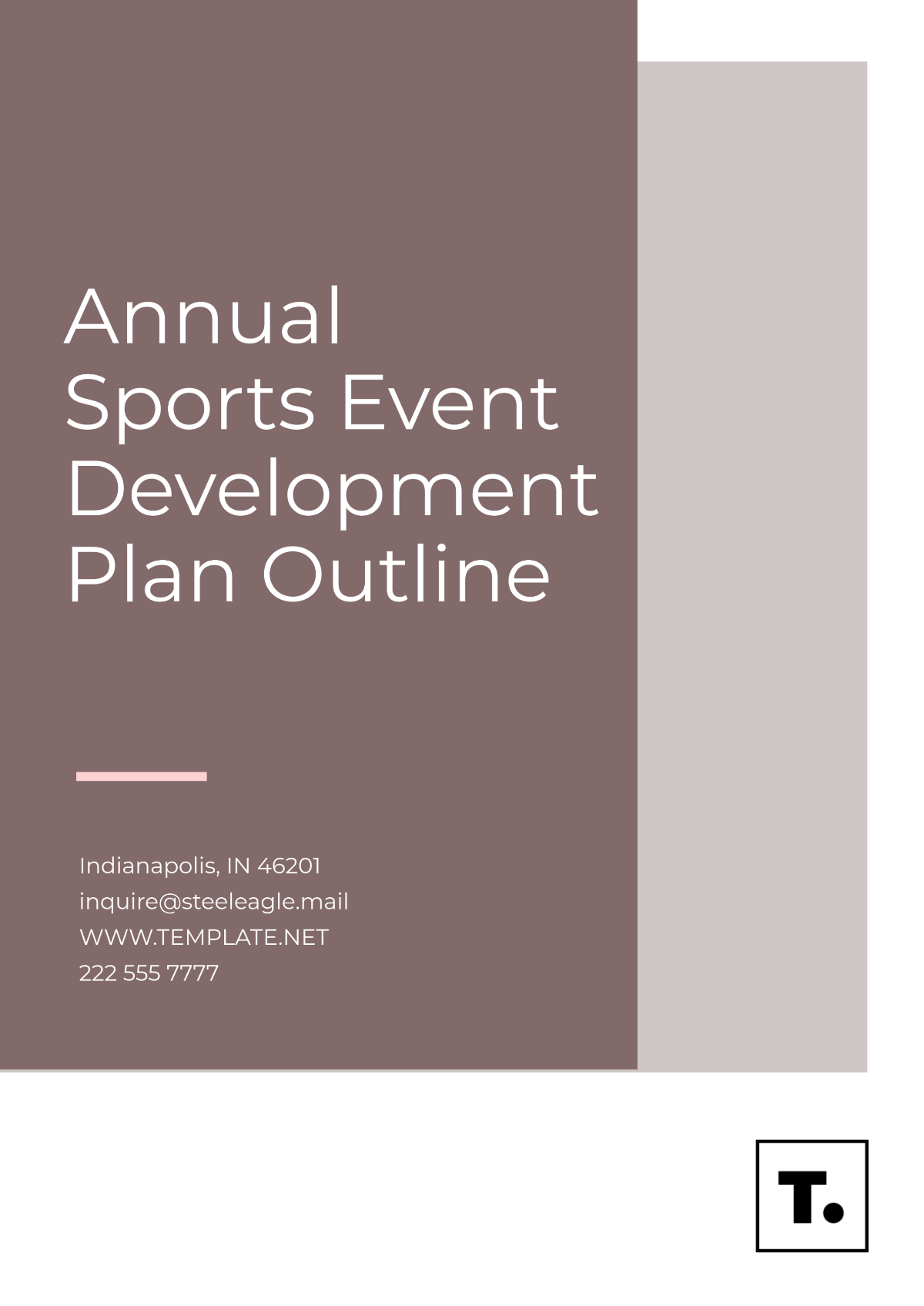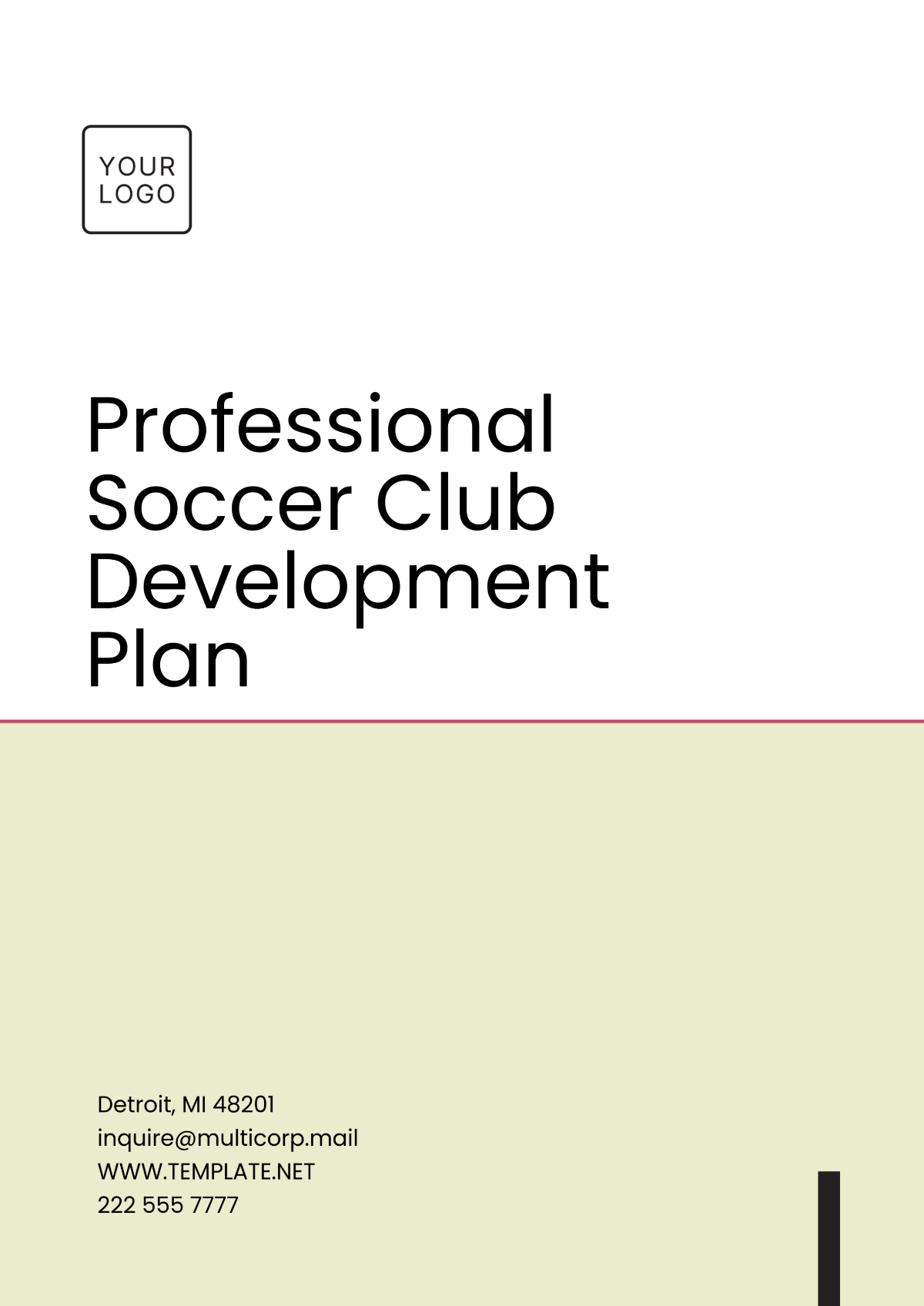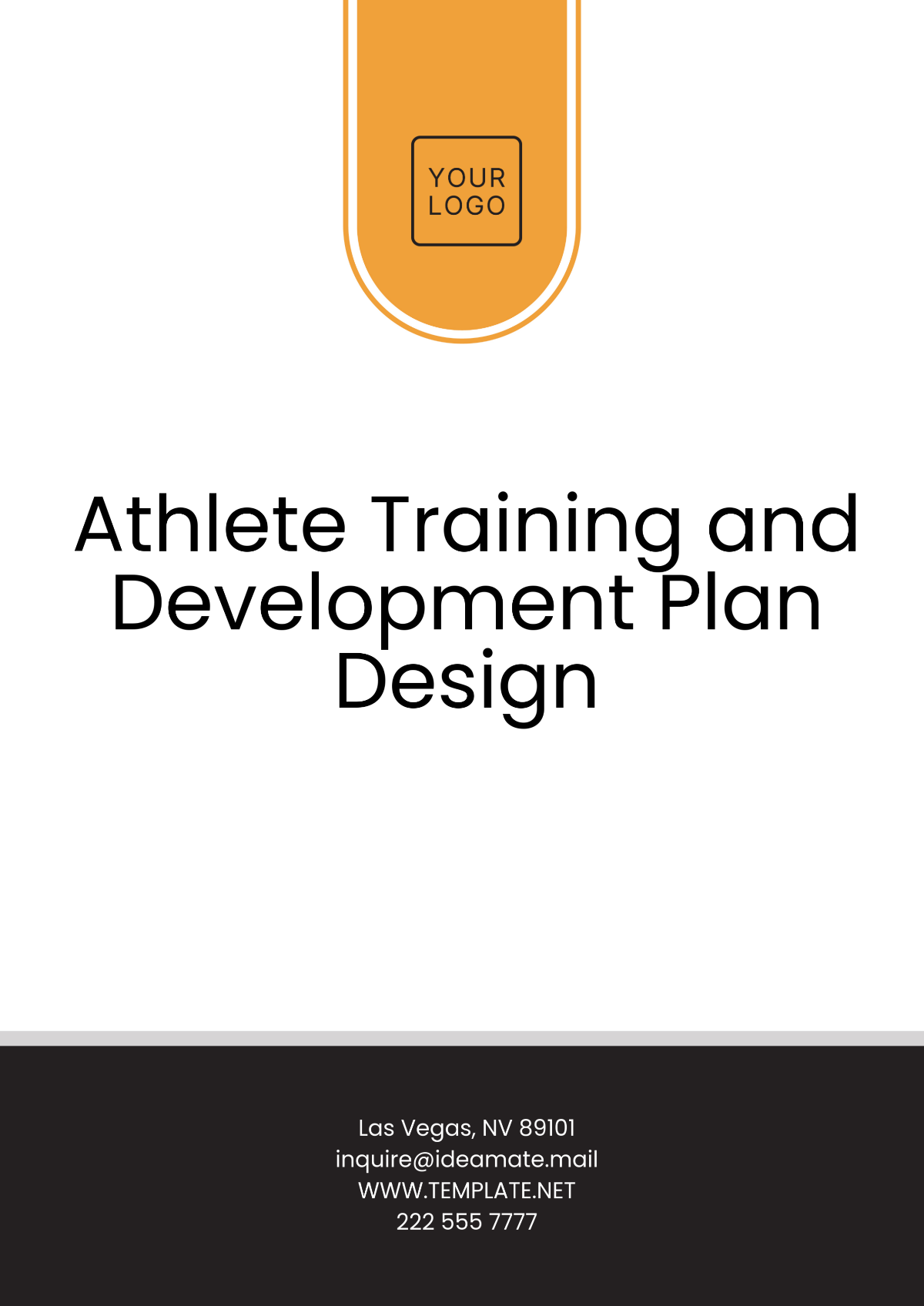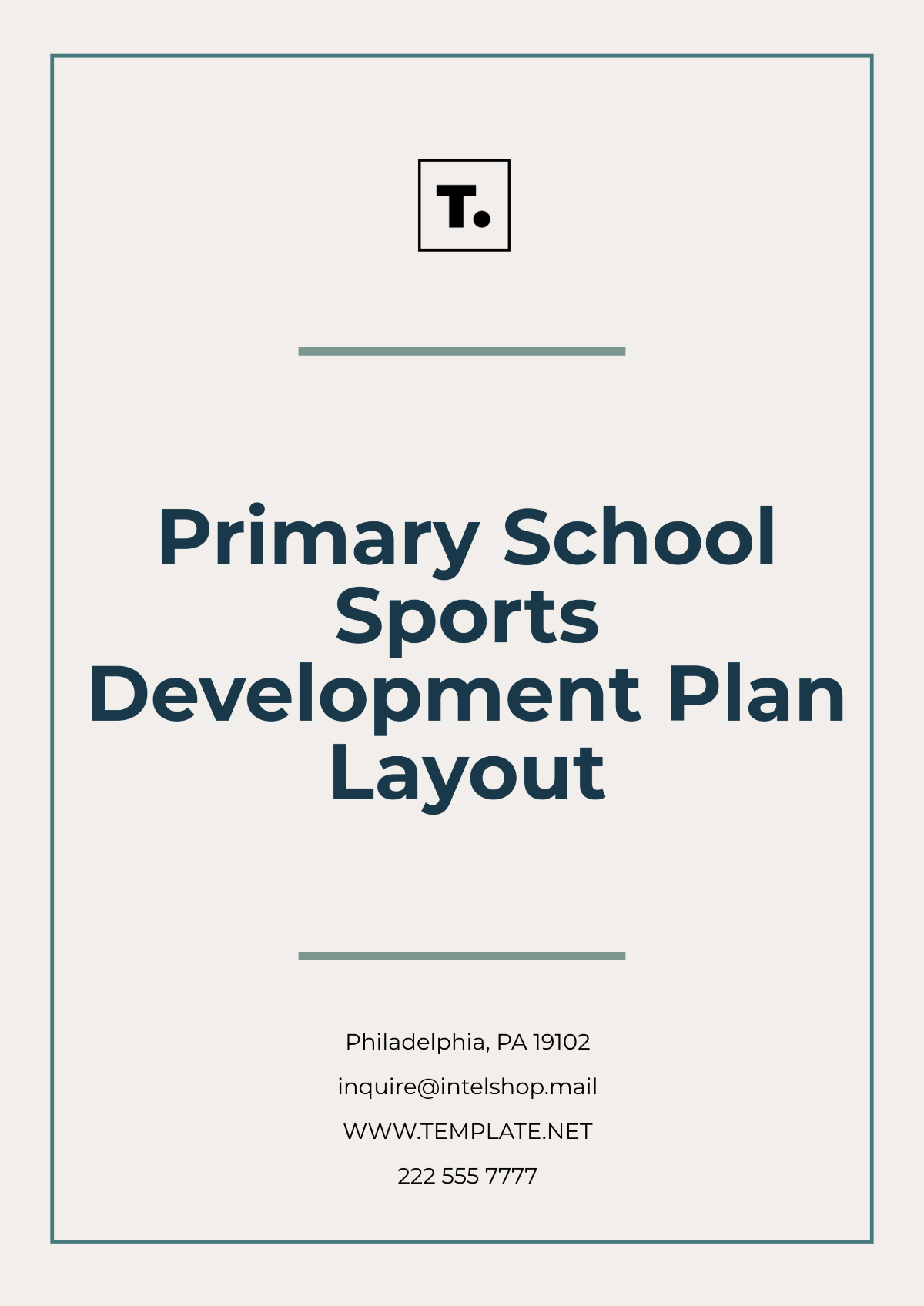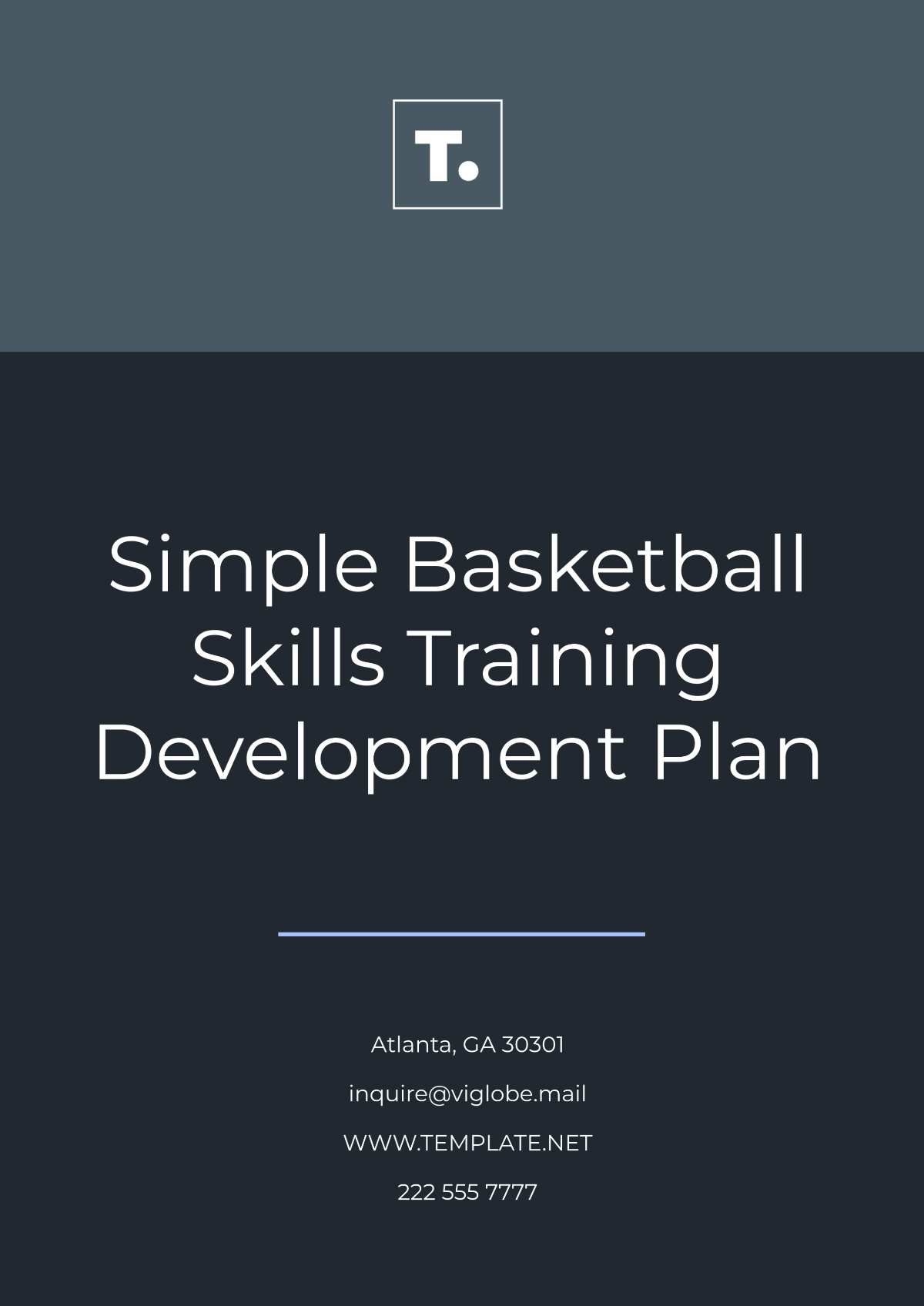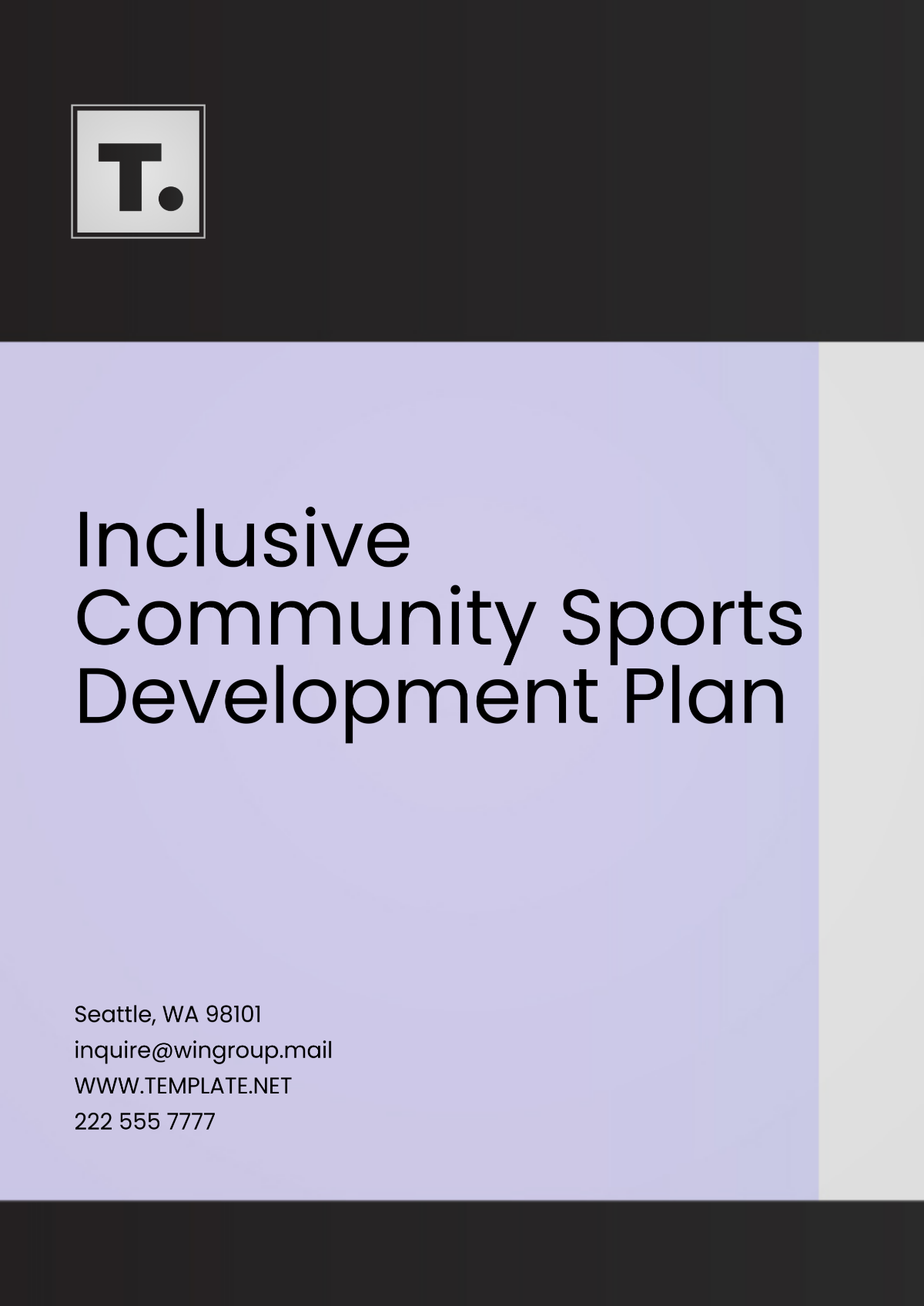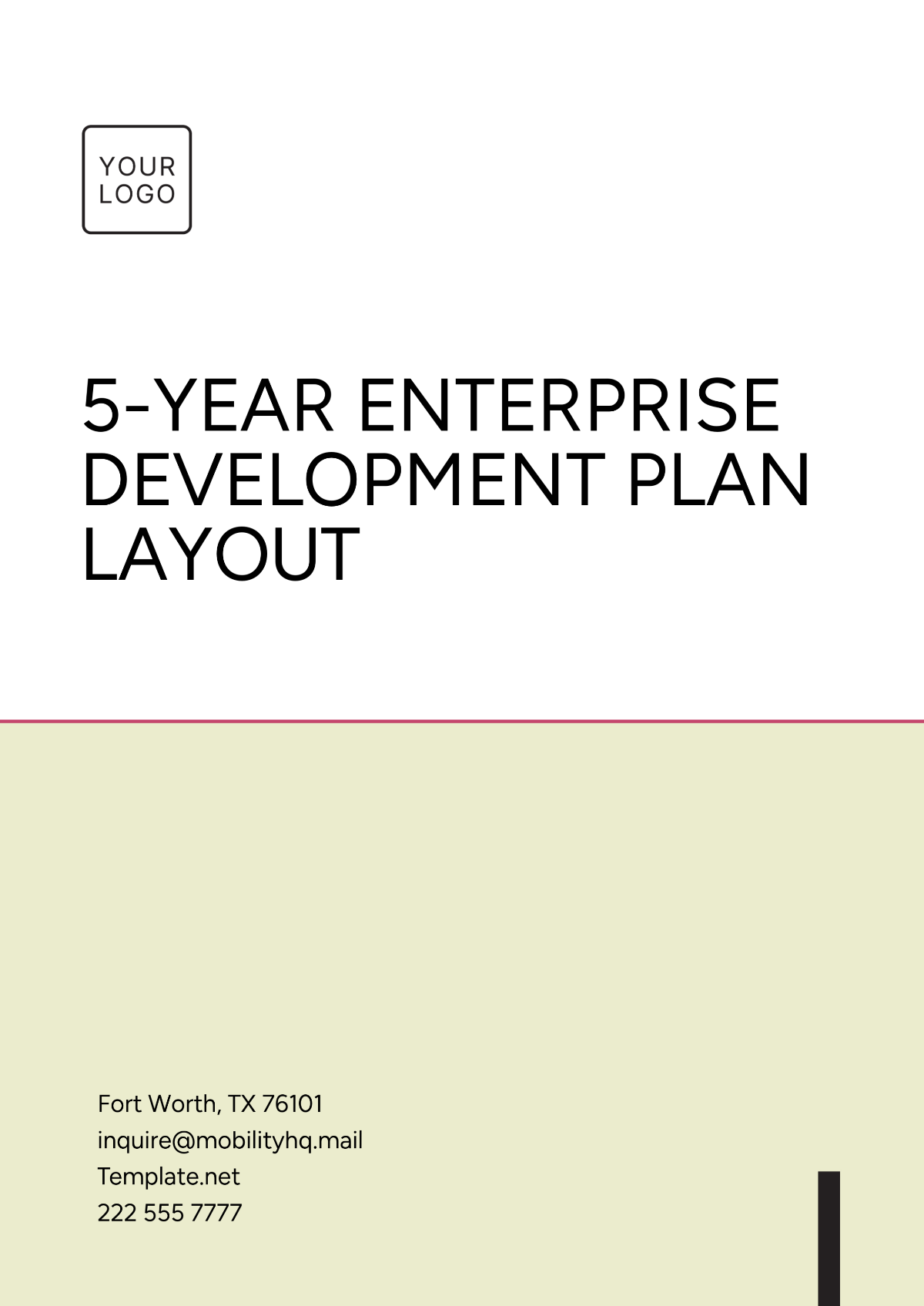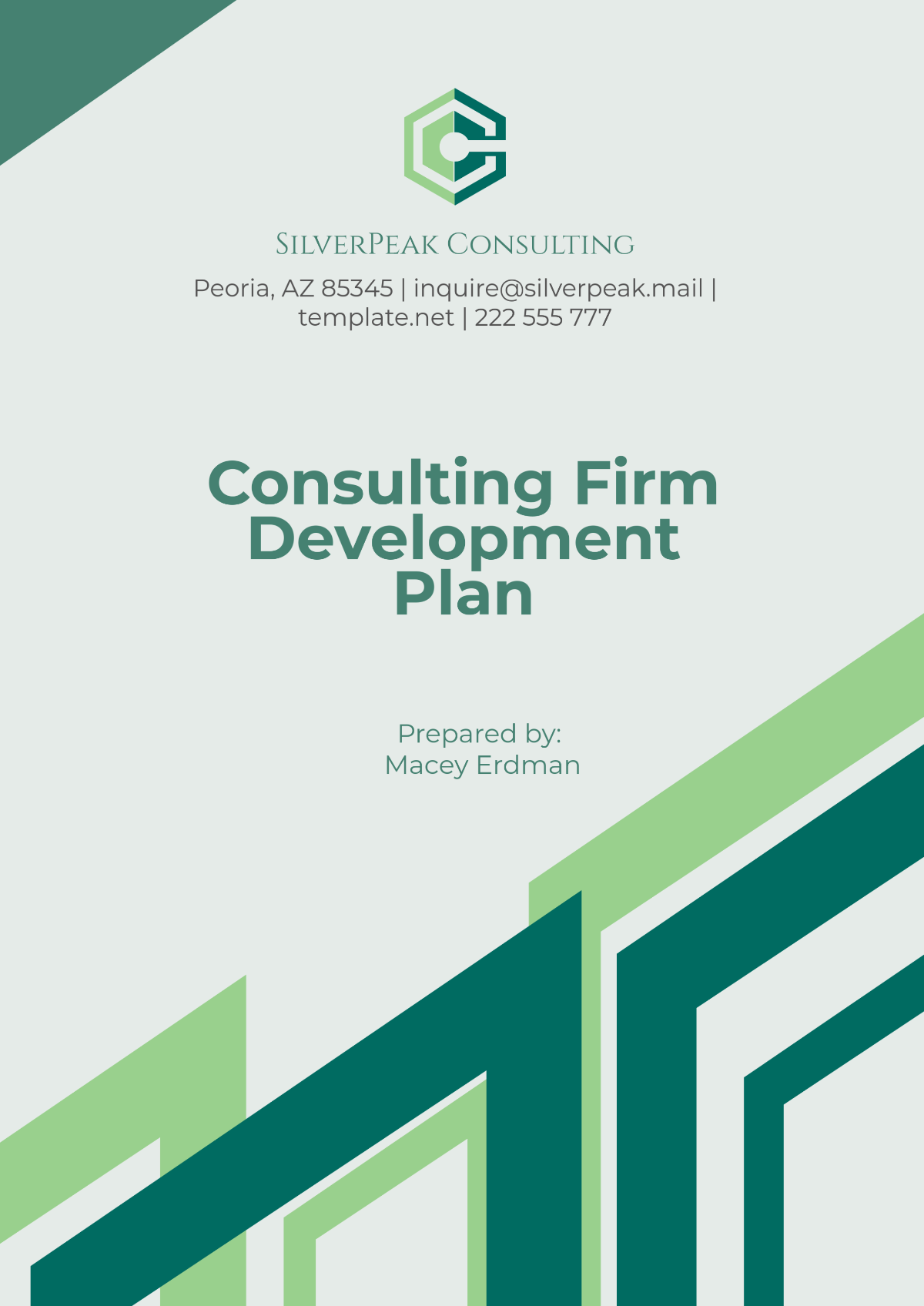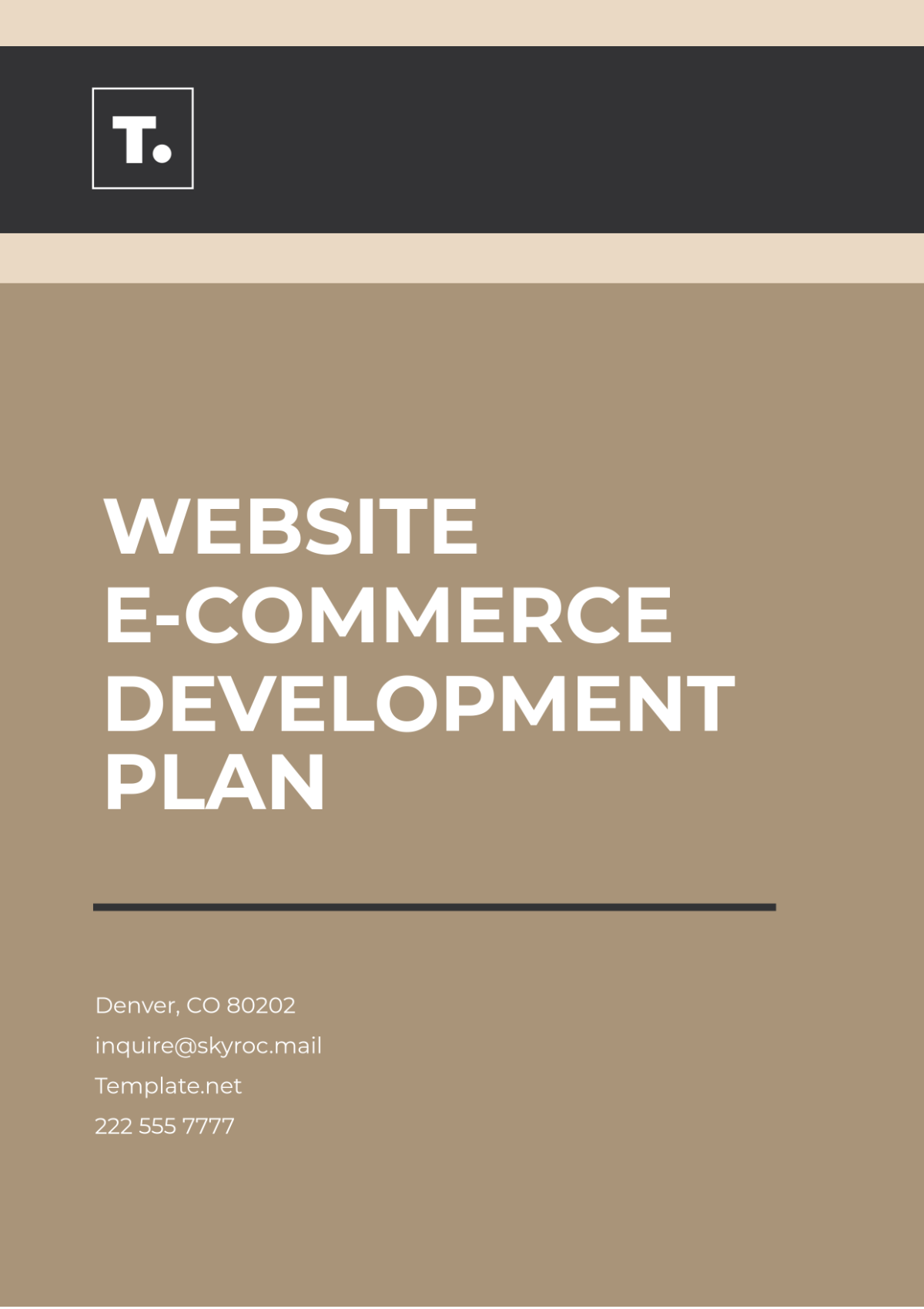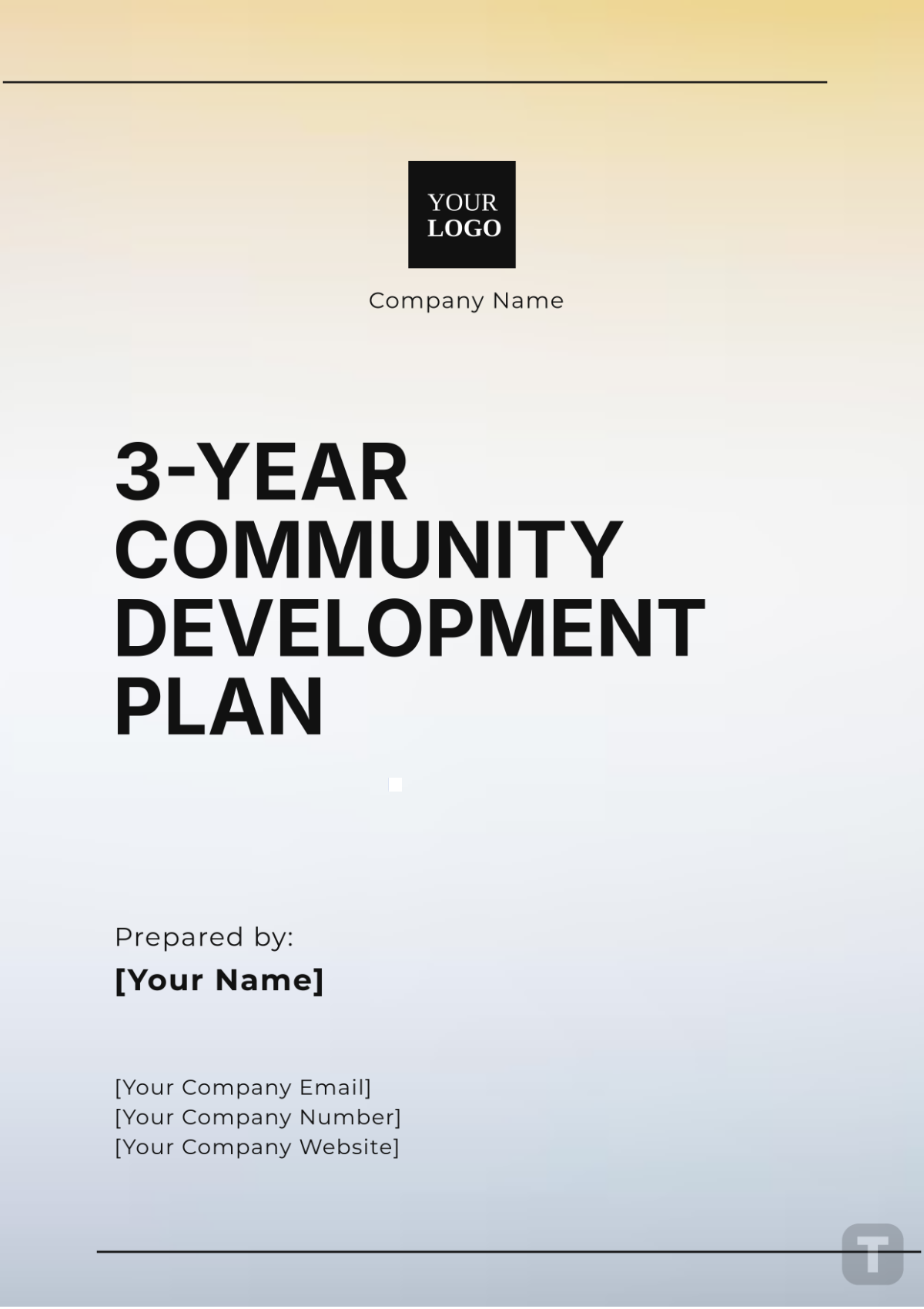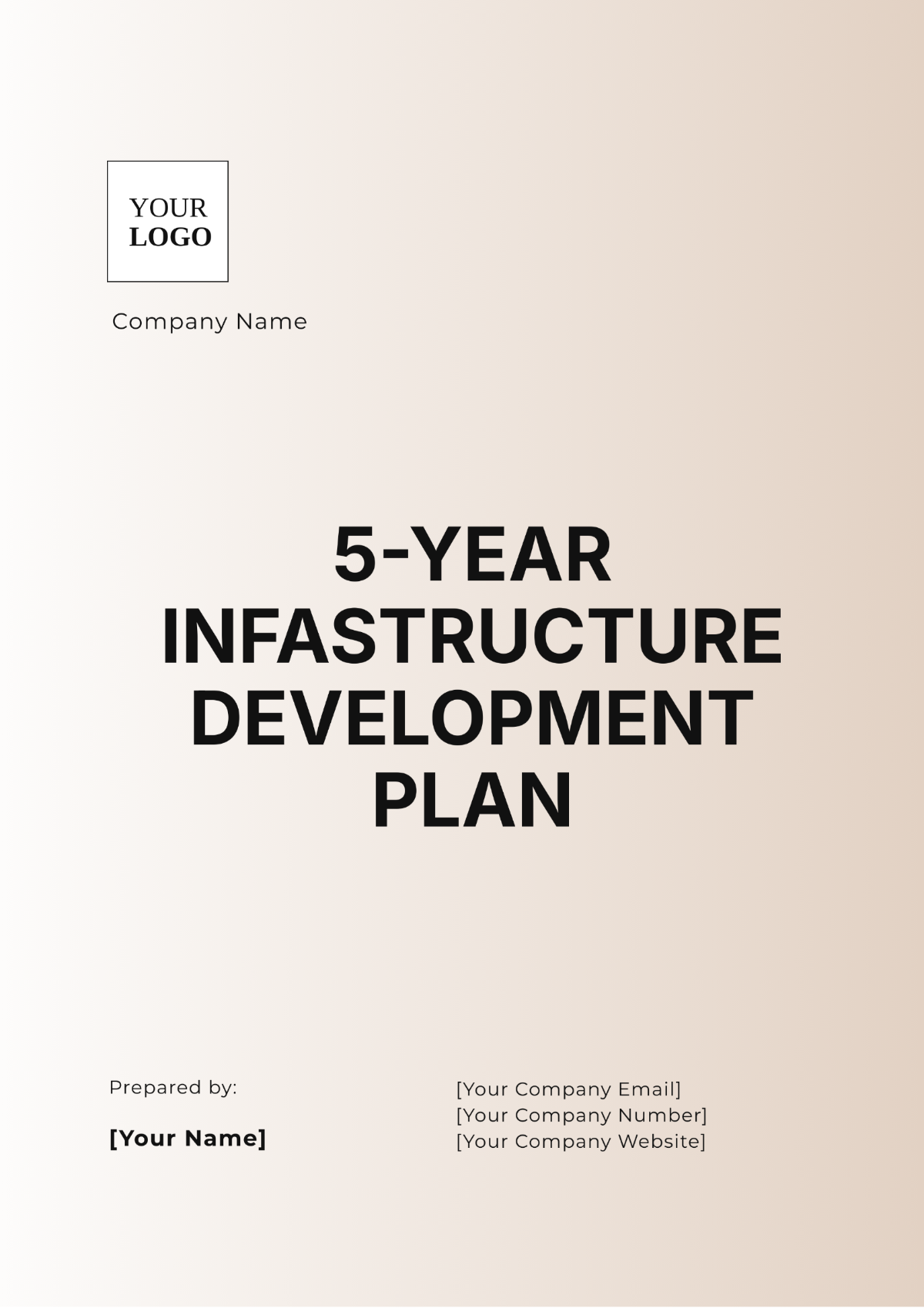Design And Development Plan
Written by: [Your Name]
I. Executive Summary
[Your Company Name] is a leading provider of web design and development solutions, specializing in creating innovative and user-centric websites. This plan outlines our strategic approach to designing and developing a website for Tracey Gleason, to enhance their online presence and drive business growth. The project is scheduled to commence on January 1, 2050, and conclude on December 31, 2050.
II. Project Overview
1. Objectives:
Our primary objectives for this project are to:
Create a visually appealing and intuitive website that reflects the client's brand identity and values.
Enhance user experience (UX) to improve engagement and encourage conversion.
Develop a robust and scalable website architecture to accommodate future growth and updates.
Implement strategic calls-to-action (CTAs) and conversion optimization techniques to drive leads and sales.
2. Scope:
The project scope includes:
Market research and competitor analysis.
Requirement gathering and defining project goals.
User persona development and user journey mapping.
Wireframing, UI/UX design, and prototyping.
Front-end and back-end development.
Content creation, including copywriting and multimedia production.
Testing and quality assurance.
Deployment and post-launch support.
III. Market Research
Market research is crucial for understanding the target audience, identifying industry trends, and gaining insights into competitors' strategies. Here are the results of our comprehensive market research for the project:
1. Target Audience Analysis:
Demographics: Our research reveals that the target audience for Tracey Gleason primarily consists of millennials aged 25-34, with a slightly higher proportion of female users. They are tech-savvy individuals who value convenience and personalized experiences.
Preferences: The audience shows a preference for visually appealing websites with intuitive navigation and mobile responsiveness. They are more likely to engage with brands that offer interactive content and seamless user experiences.
Behavior: Analysis of user behavior indicates that the majority of website visits come from mobile devices, highlighting the importance of mobile optimization and responsive design.
2. Industry Trends:
E-commerce Integration: Our research shows a growing trend towards e-commerce integration, with an increasing number of businesses adopting online selling platforms to reach a wider audience and drive sales.
Personalization: There is a rising demand for personalized experiences, with consumers expecting tailored recommendations and content based on their preferences and past interactions.
Voice Search Optimization: Voice search is becoming increasingly popular, especially among mobile users. Optimizing the website for voice search can enhance accessibility and improve user experience.
3. Competitor Analysis:
Strengths: Competitor analysis reveals that [Competitor A] excels in user engagement through interactive features such as quizzes and polls. [Competitor B] stands out for its sleek and minimalist design, which prioritizes simplicity and clarity.
Weaknesses: Despite strong branding, [Competitor C] struggles with site speed and performance issues, leading to high bounce rates and lower conversion rates.
Opportunities: Identifying gaps in competitor offerings presents opportunities for differentiation. By offering a unique combination of personalized recommendations and seamless checkout experiences, Tracey Gleason can position itself as a leader in the industry.
4. Key Findings:
Mobile Optimization: Given the high prevalence of mobile usage among the target audience, prioritizing mobile optimization is paramount to ensuring a seamless user experience and maximizing engagement.
Personalization Features: Integrating personalization features such as product recommendations and tailored content can enhance user engagement and drive conversions.
E-commerce Integration: Incorporating e-commerce functionality into the website can expand revenue streams and meet the evolving needs of consumers in an increasingly digital landscape.
IV. Project Phases & Milestones
1. Planning Phase
Timeline: January 1, 2050 - January 31, 2050
Activities:
Conduct stakeholder meetings to gather project requirements and establish objectives.
Define project scope, budget, and timeline.
Create a project plan and set key milestones.
2. Research & Analysis Phase
Timeline: February 1, 2050 - February 28, 2050
Activities:
Conduct market research to identify target audience demographics, preferences, and behavior.
Analyze competitor websites to identify strengths, weaknesses, and opportunities.
Develop user personas and map out user journeys to inform design and functionality decisions.
3. Design Phase
Timeline: March 1, 2050 - May 31, 2050
Activities:
Create wireframes and prototypes based on user personas and journey maps.
Design UI/UX elements, including layout, color scheme, typography, and navigation.
Gather feedback from stakeholders and iterate on design concepts.
4. Development Phase
Timeline: June 1, 2050 - September 30, 2050
Activities:
Develop front-end and back-end components using leading technologies and frameworks.
Integrate third-party APIs and services as needed.
Implement responsive design principles to ensure optimal performance across devices and screen sizes.
5. Testing Phase
Timeline: October 1, 2050 - October 31, 2050
Activities:
Conduct thorough testing of website functionality, performance, and compatibility.
Perform usability testing to identify any usability issues or barriers to user engagement.
Address any bugs or issues identified during testing and ensure the website meets quality standards.
6. Deployment Phase
Timeline: November 1, 2050 - November 30, 2050
Activities:
Finalize website content, including text, images, and multimedia assets.
Migrate the website to the live server and configure domain settings.
Perform final checks to ensure the website is functioning correctly before launch.
V. Resource Allocation
We will assemble a dedicated project team consisting of:
Project Manager
UX/UI Designer
Front-end Developer
Back-end Developer
Content Writer
Quality Assurance Specialist
Tools and technologies to be utilized include:
Design Software: Adobe XD, Sketch
Development Frameworks: React.js, Node.js
Content Management System (CMS): WordPress
Version Control: Git
Testing Tools: Selenium, JIRA
VI. Budget Estimates
Personnel Costs: $250,000
Design Software Licenses: $5,000
Development Tools and Licenses: $10,000
Hosting Fees (annual): $3,000
Miscellaneous Expenses: $2,000
VII. Risk Management
Risk: Project delay due to unforeseen issues
Mitigation: Allocate buffer time in the project schedule to accommodate unexpected delays.
Risk: Scope creep
Mitigation: Clearly define project scope and objectives, and obtain written approval for any changes or additions.
Risk: Technical challenges
Mitigation: Engage experienced technical leads from the planning phase to anticipate and address potential technical issues.
VIII. Evaluation Metrics
Key performance indicators (KPIs) to measure the success of the project include:
Website traffic and user engagement metrics
Bounce rates and average session duration
Conversion rates and lead generation metrics
Customer satisfaction surveys and feedback
IX. Conclusion
This plan provides a comprehensive roadmap for designing and developing a high-quality website that meets the client's objectives and exceeds their expectations. [Your Company Name] is committed to delivering exceptional results and ensuring the success of this project. For further inquiries or details, please contact [Your Name] at [Your Email].
